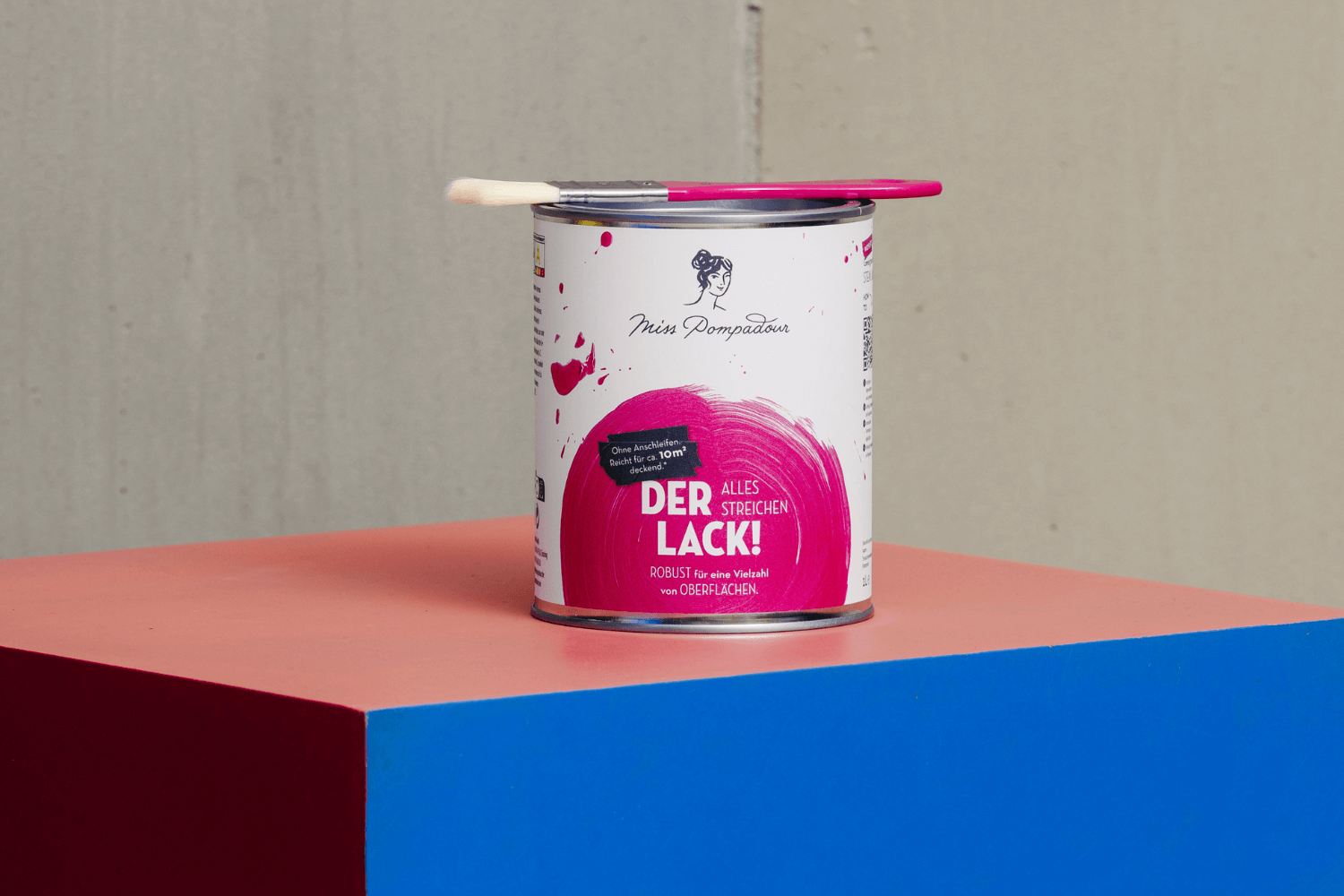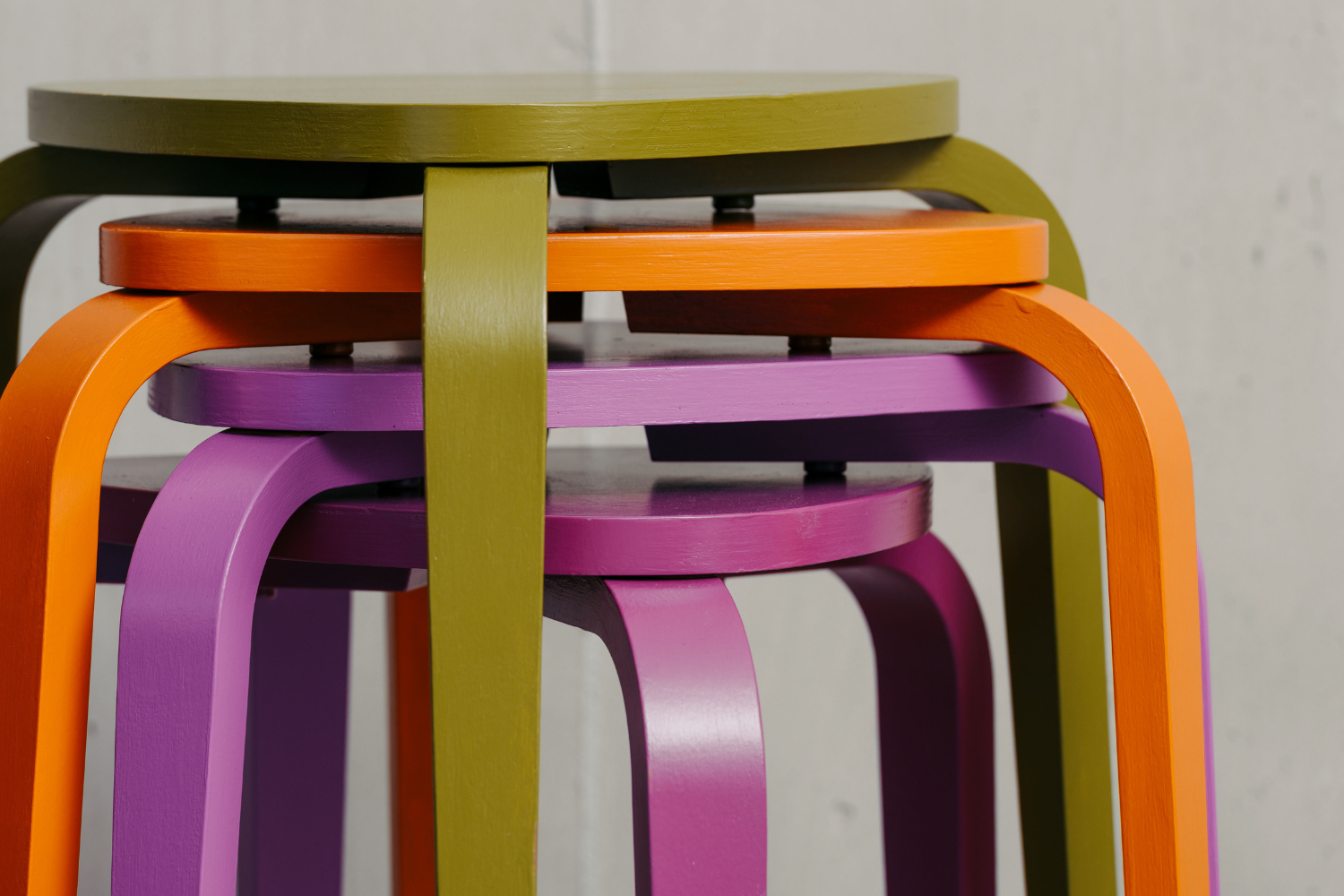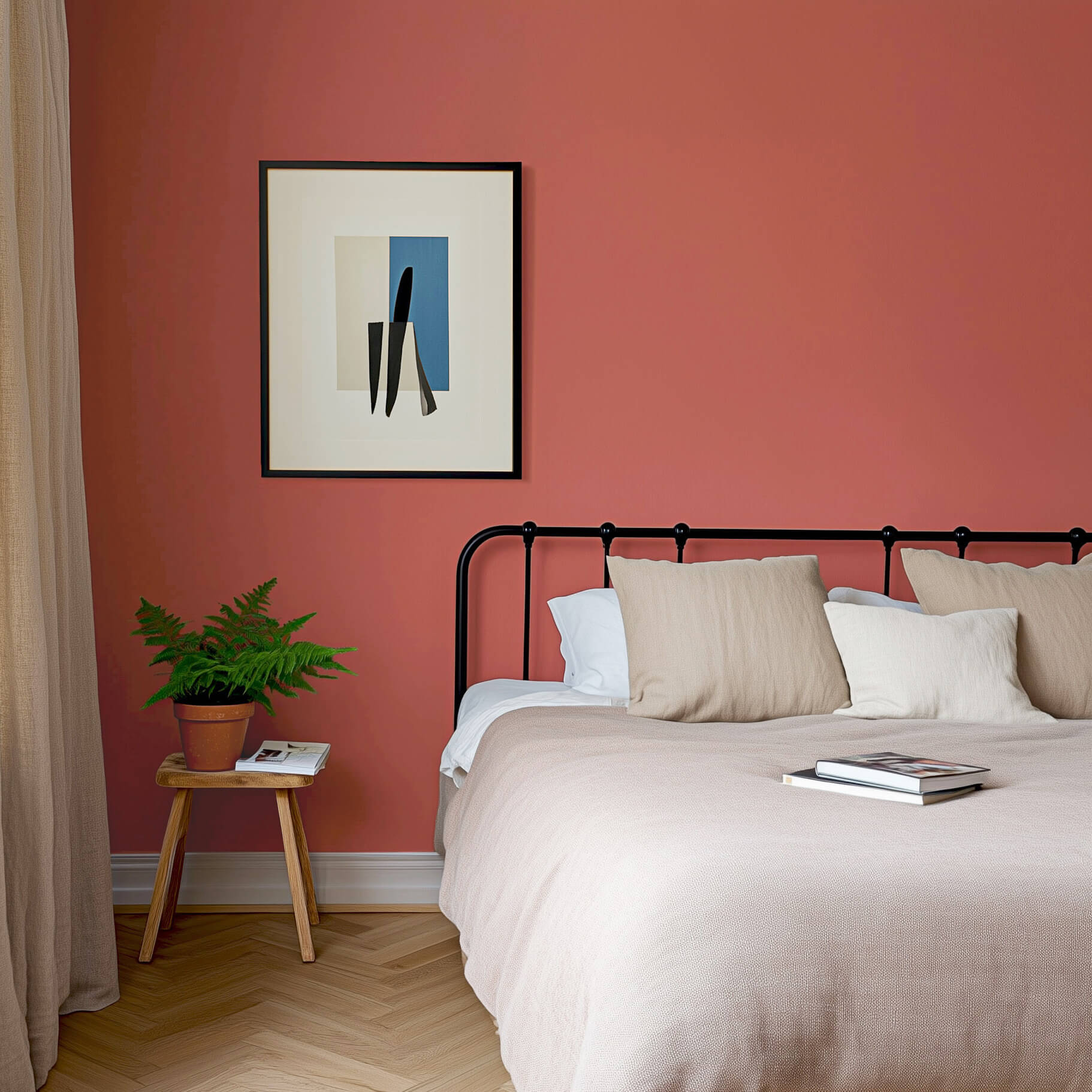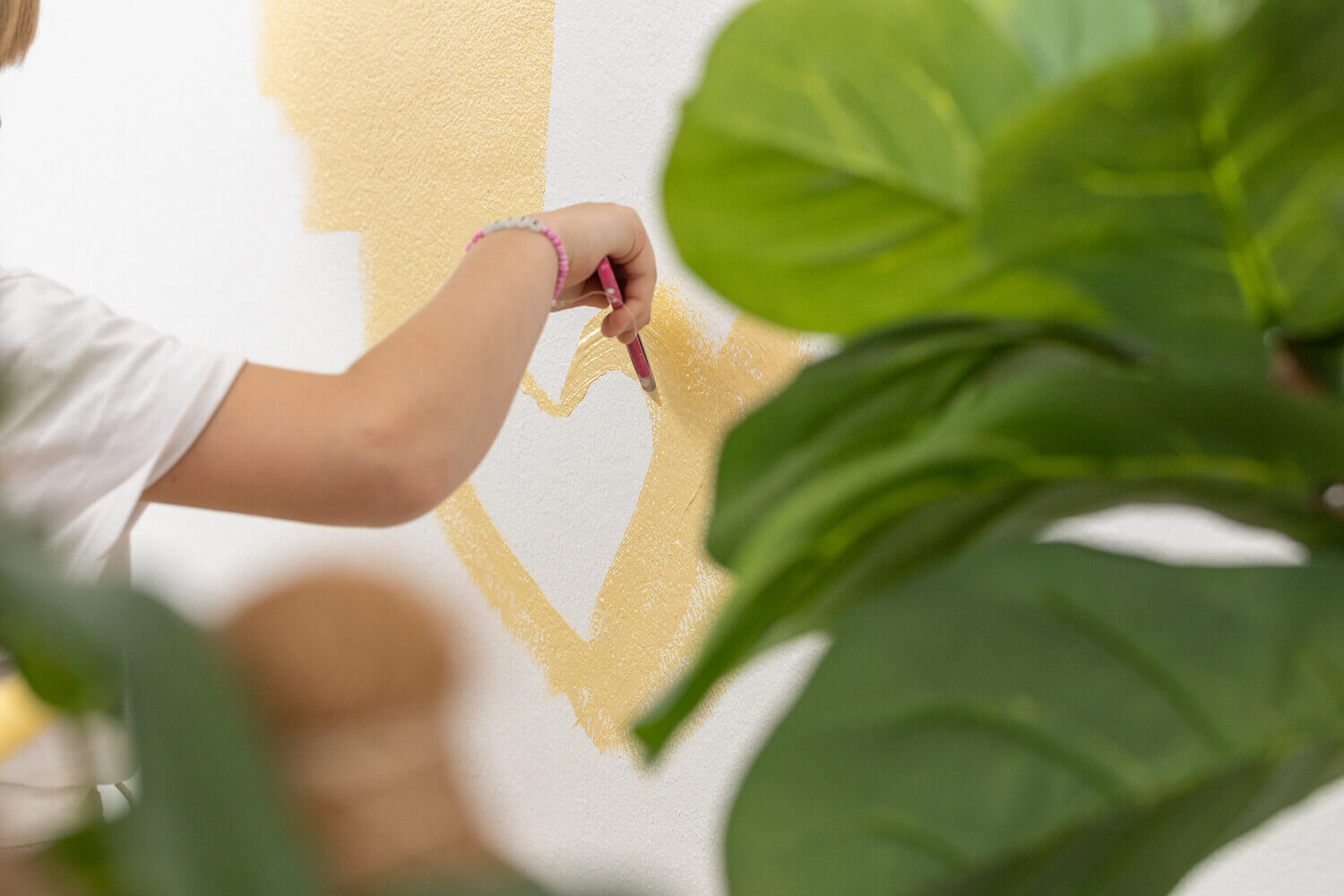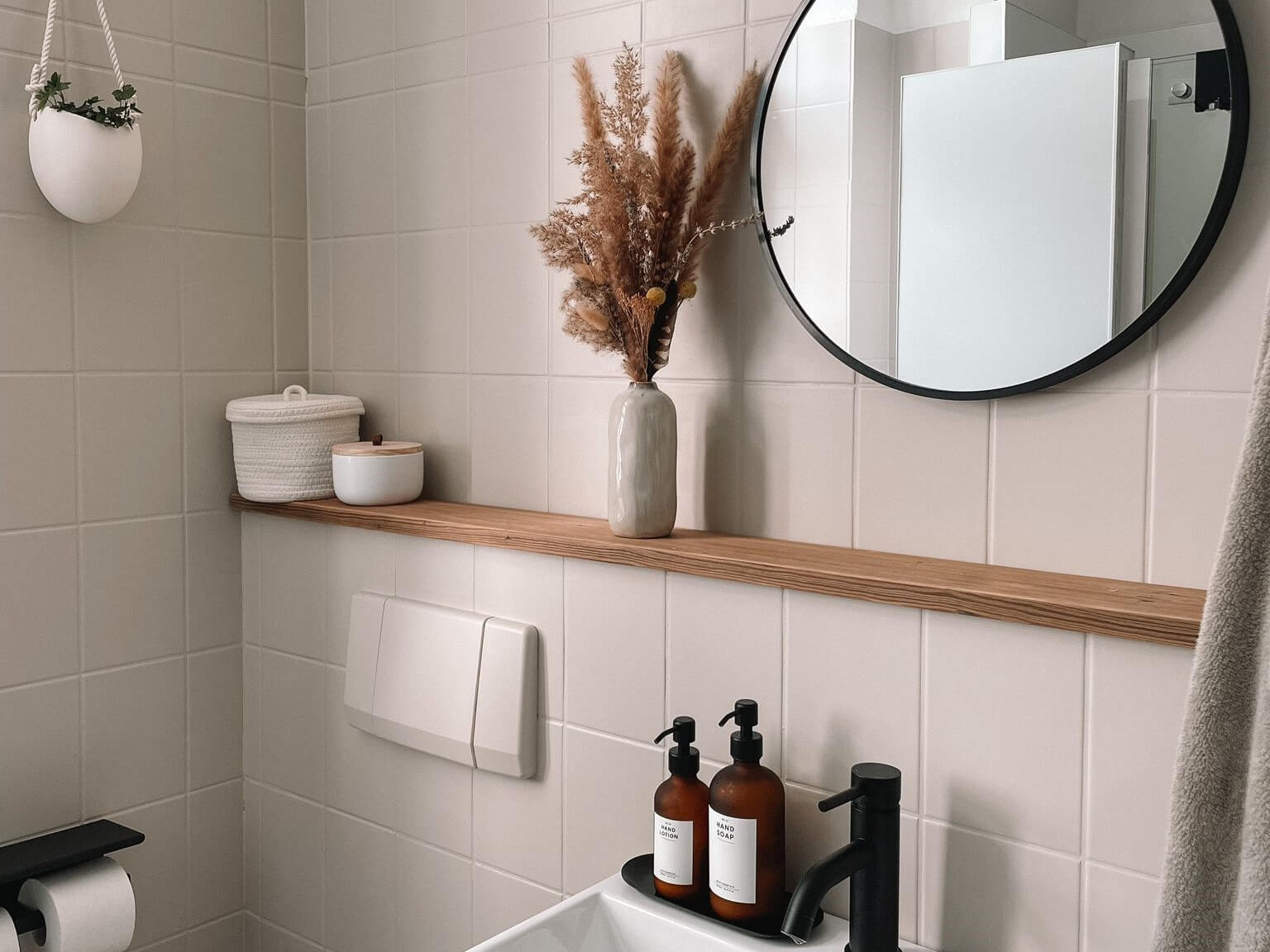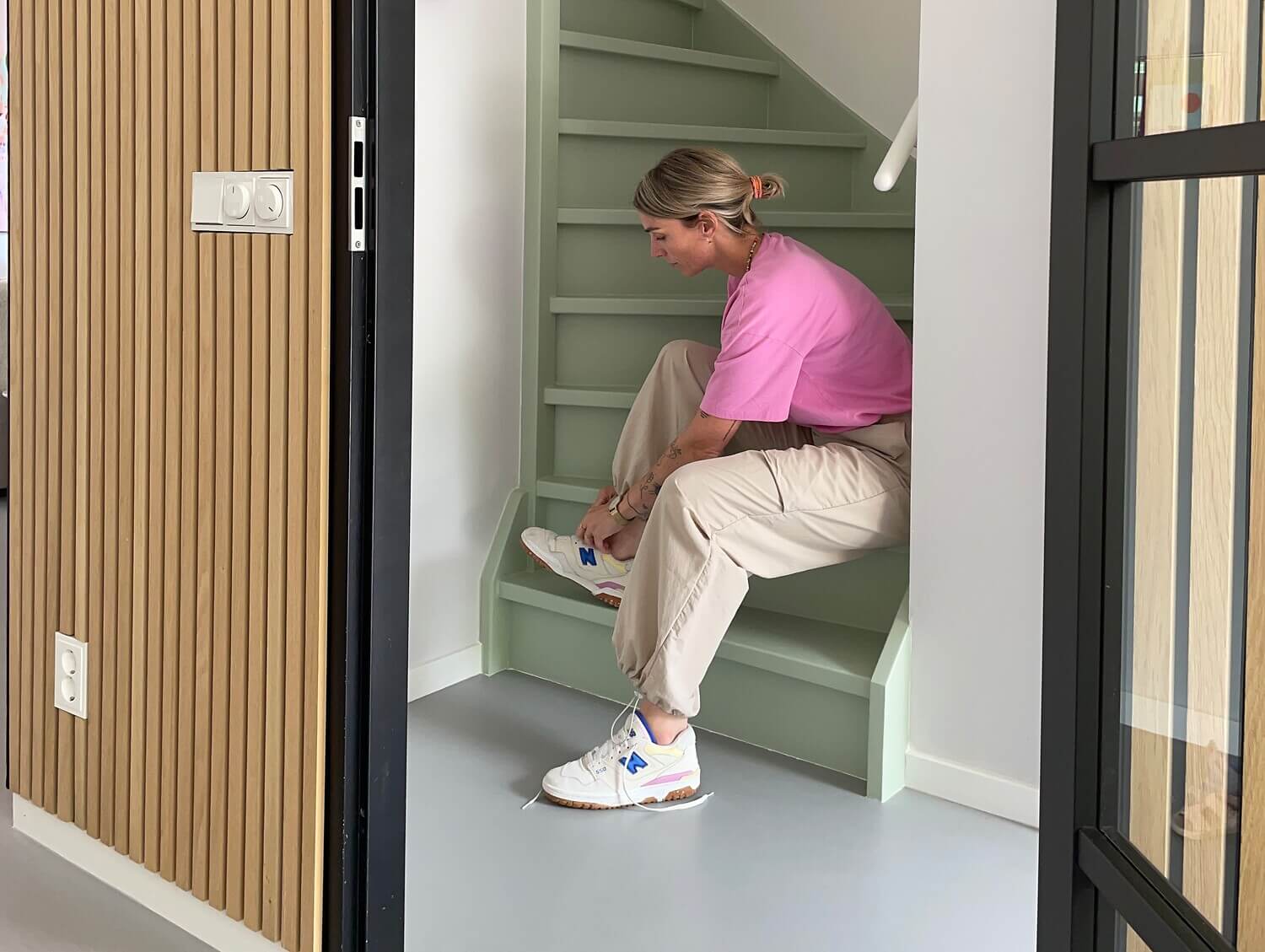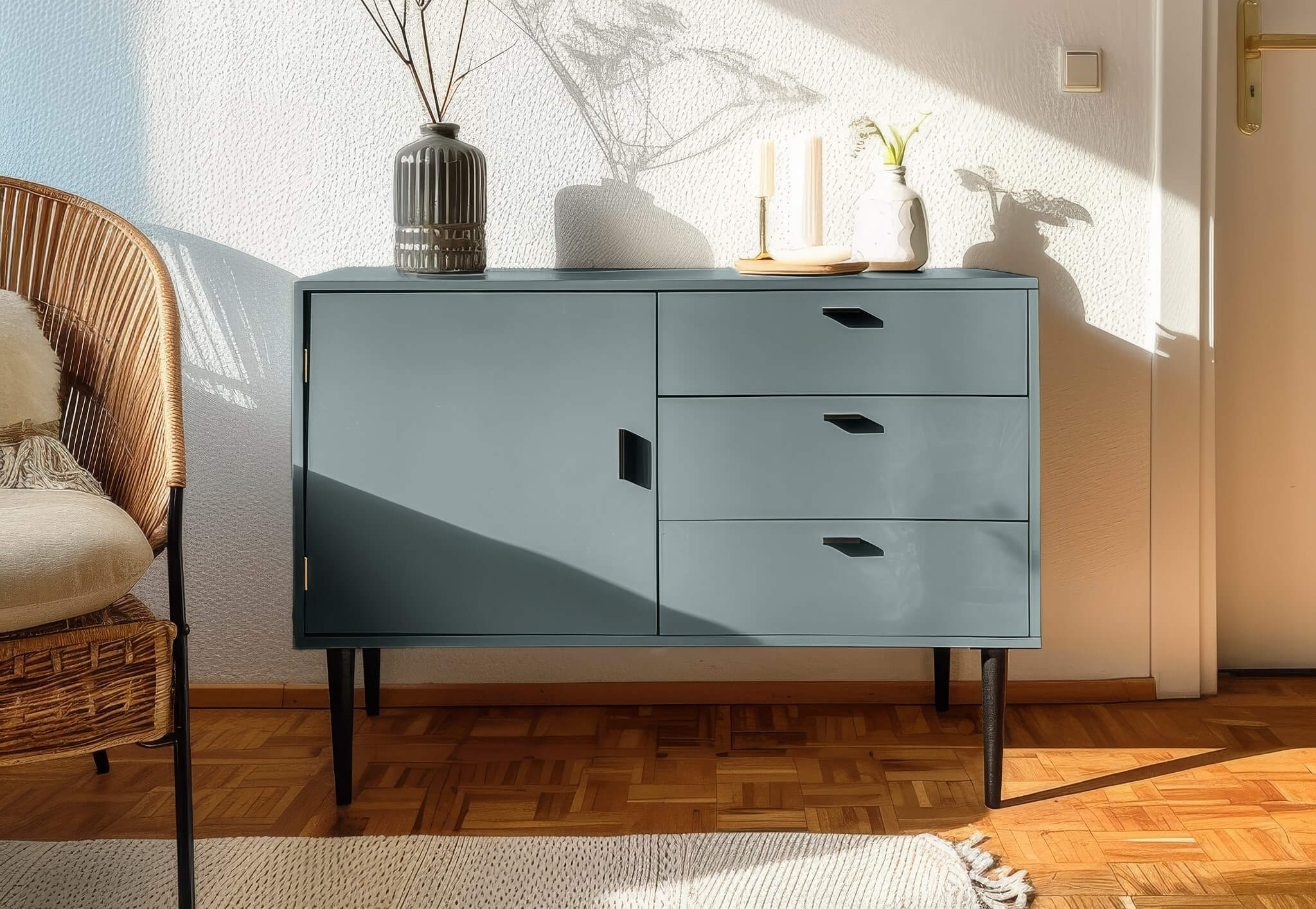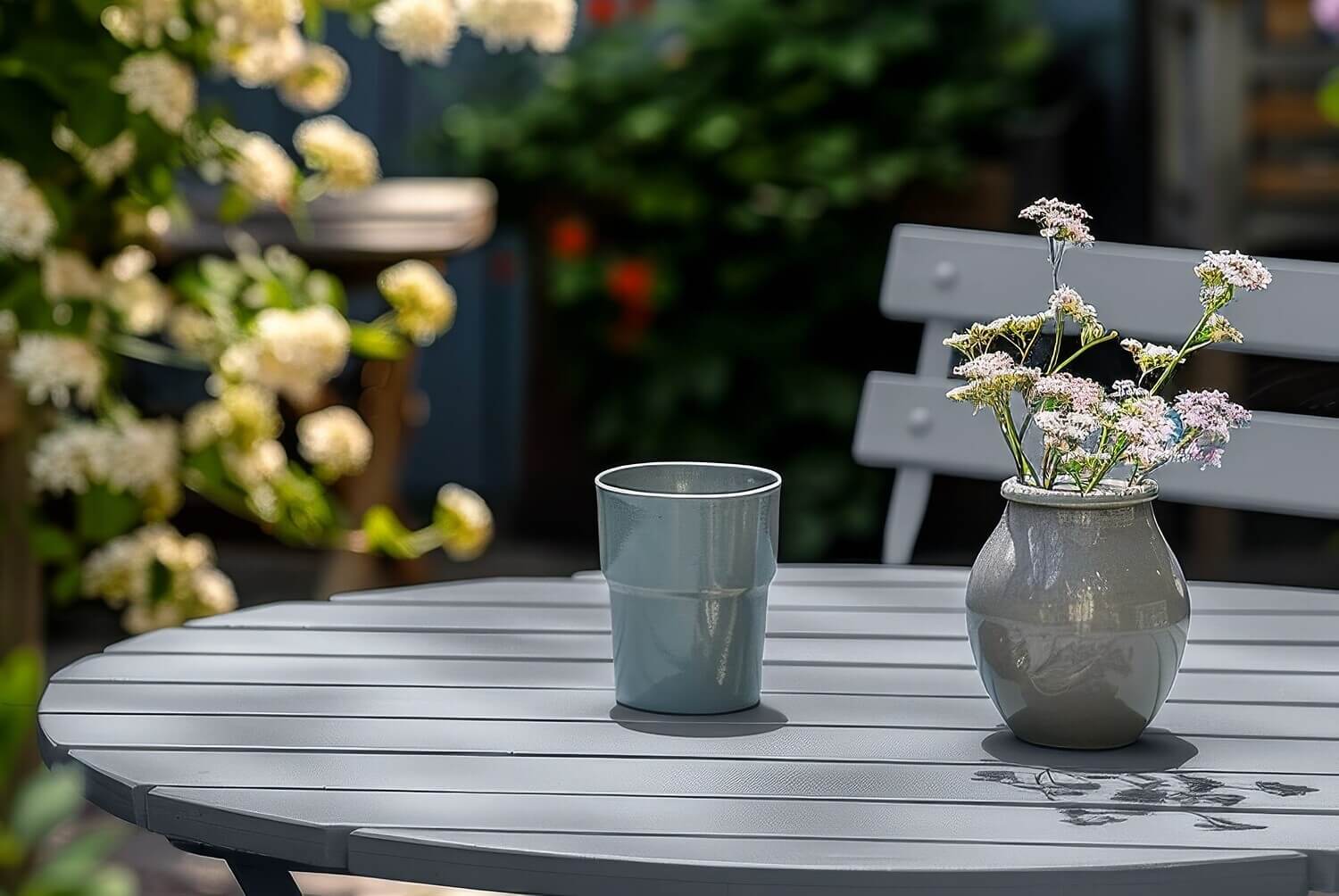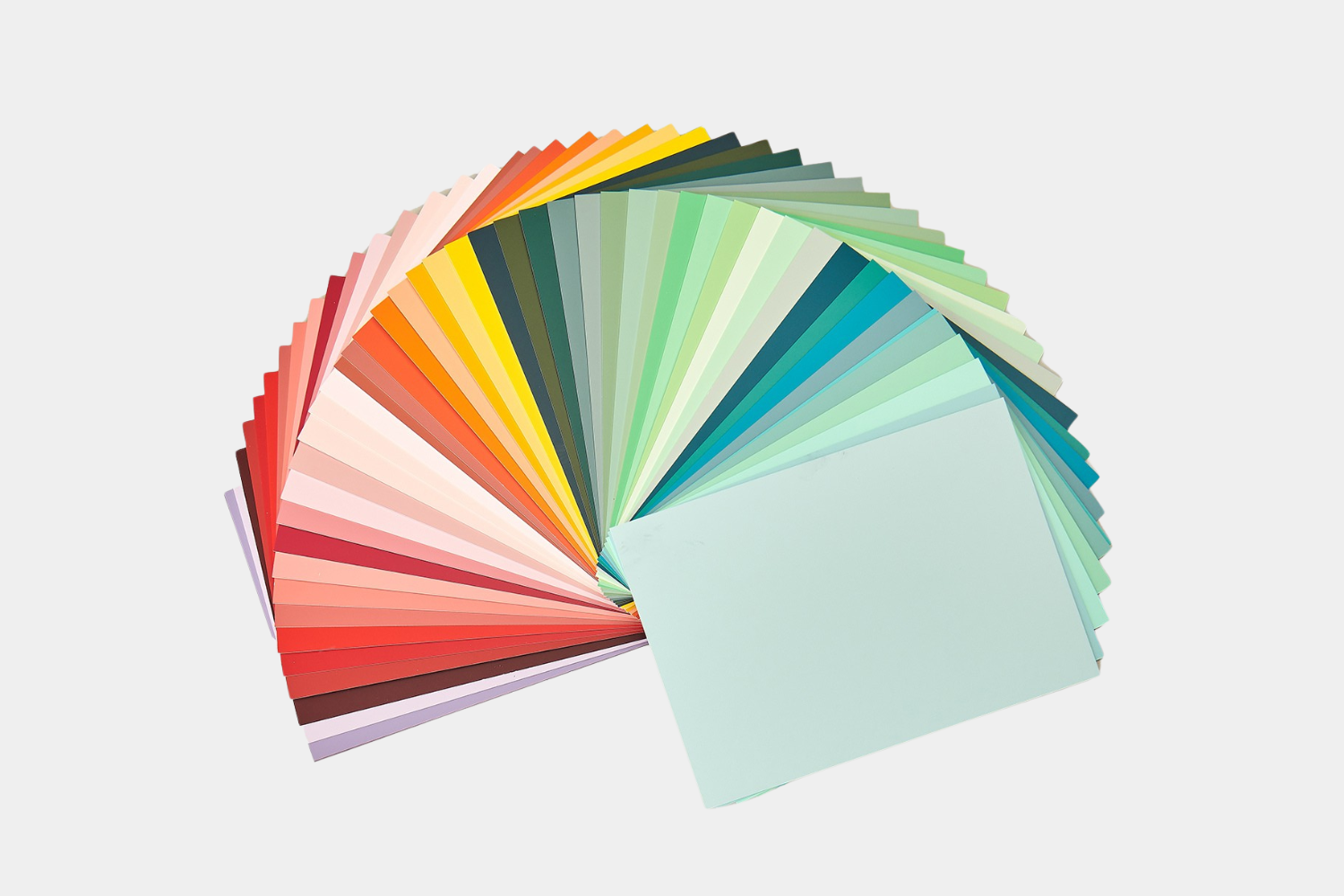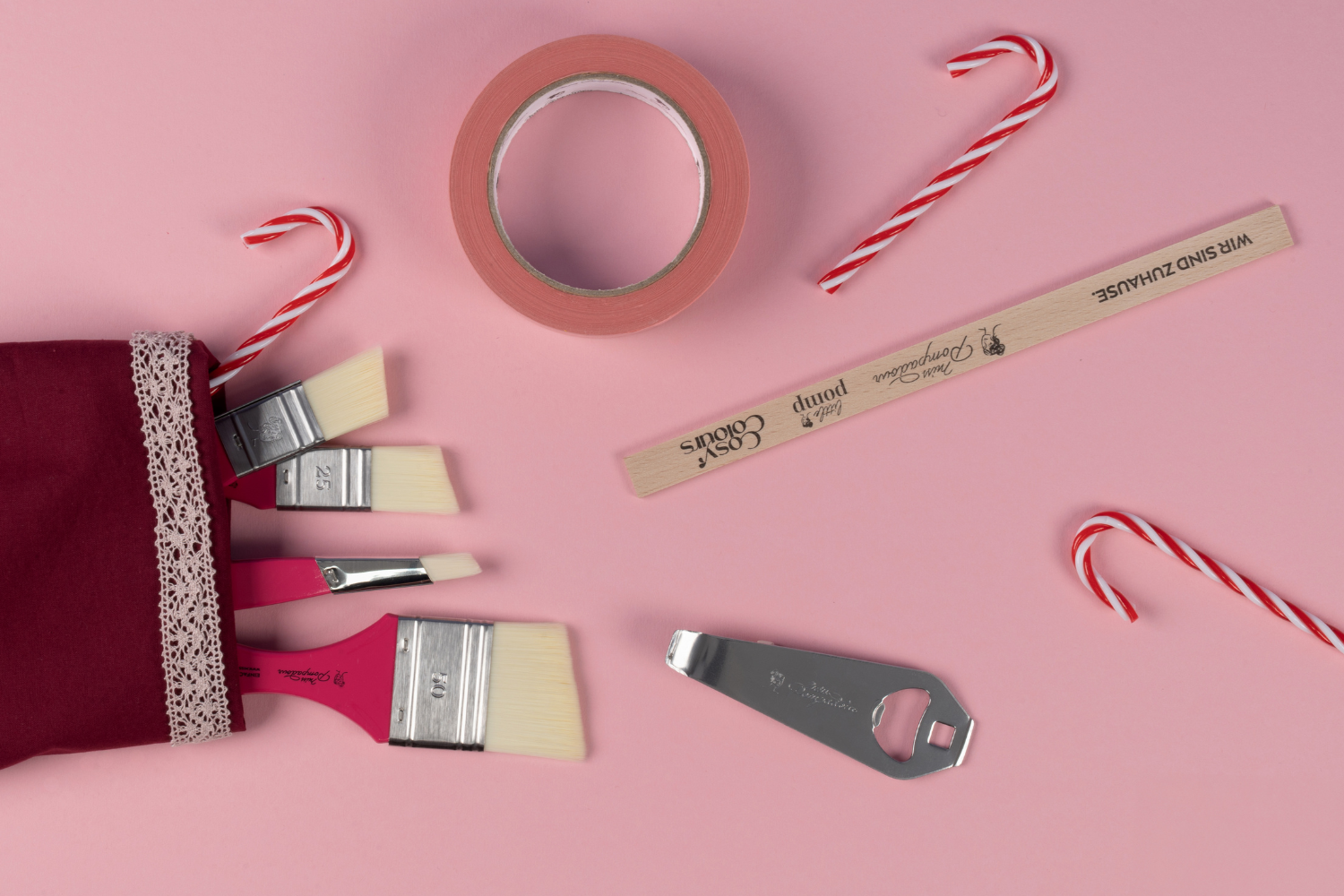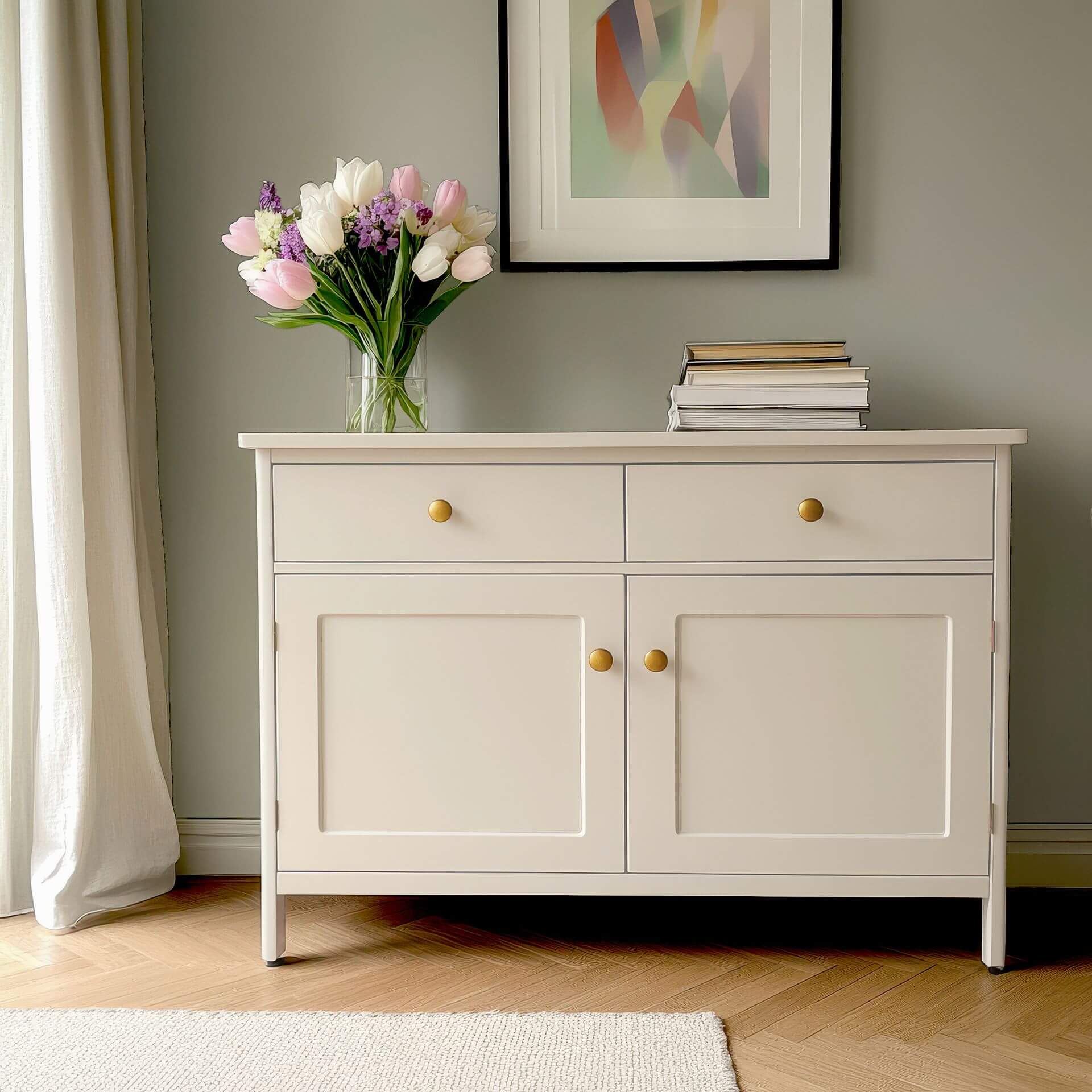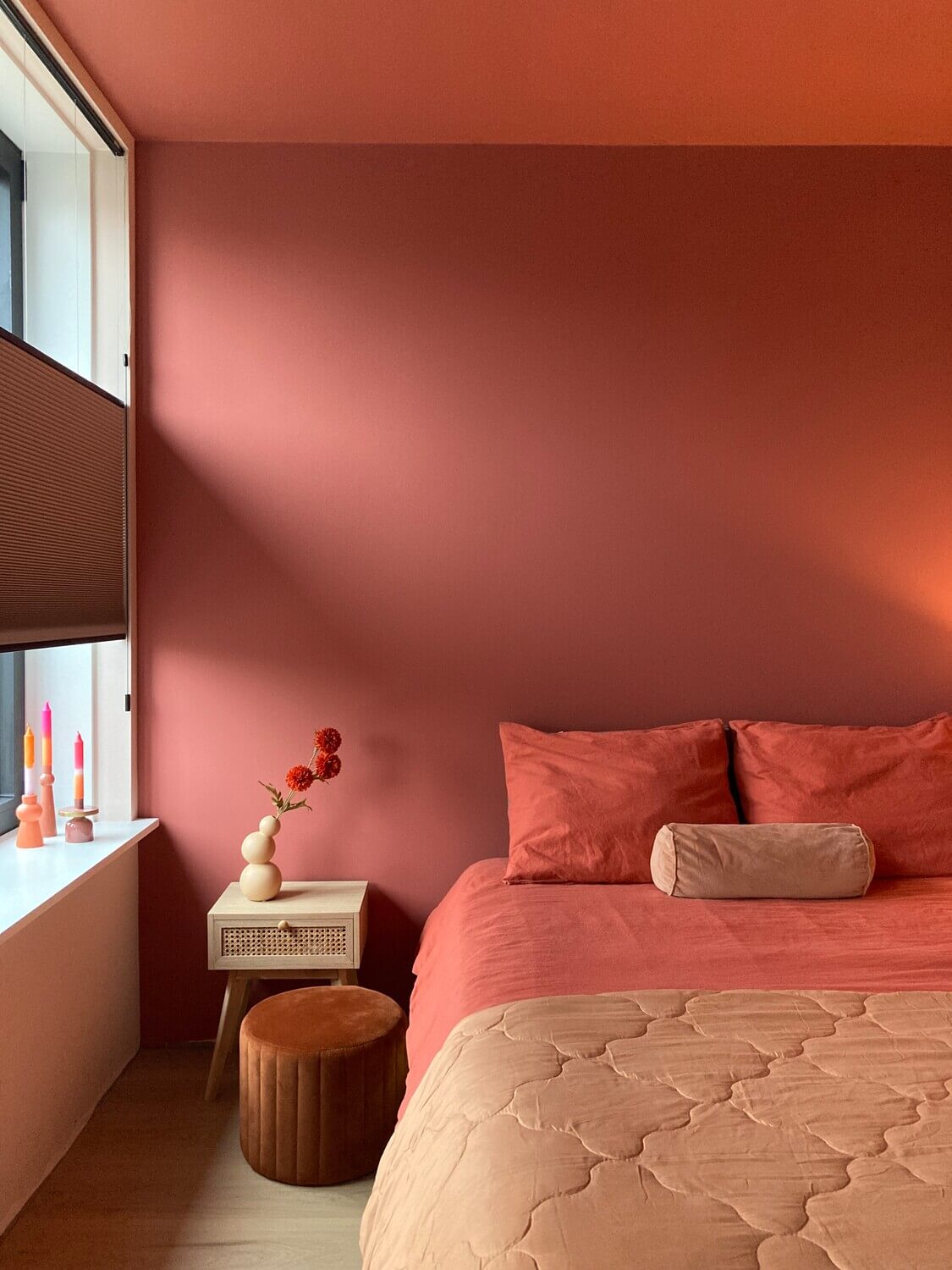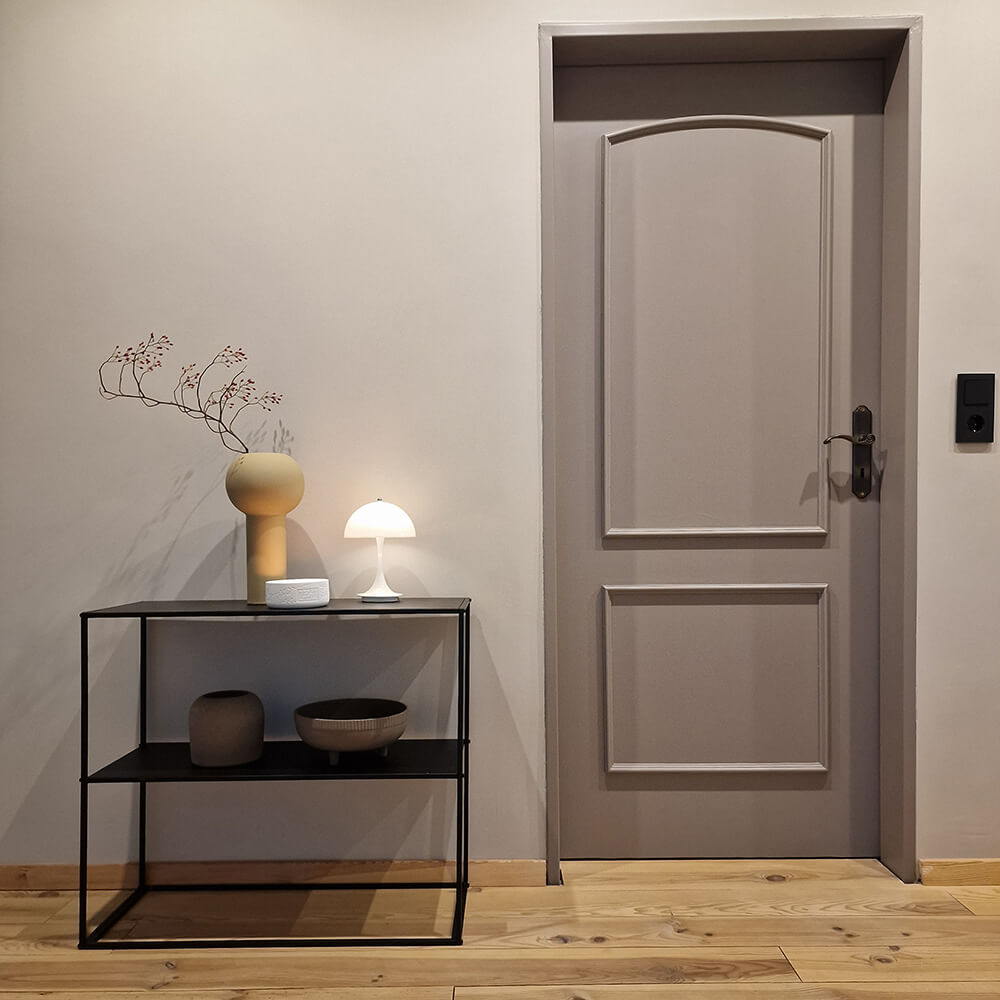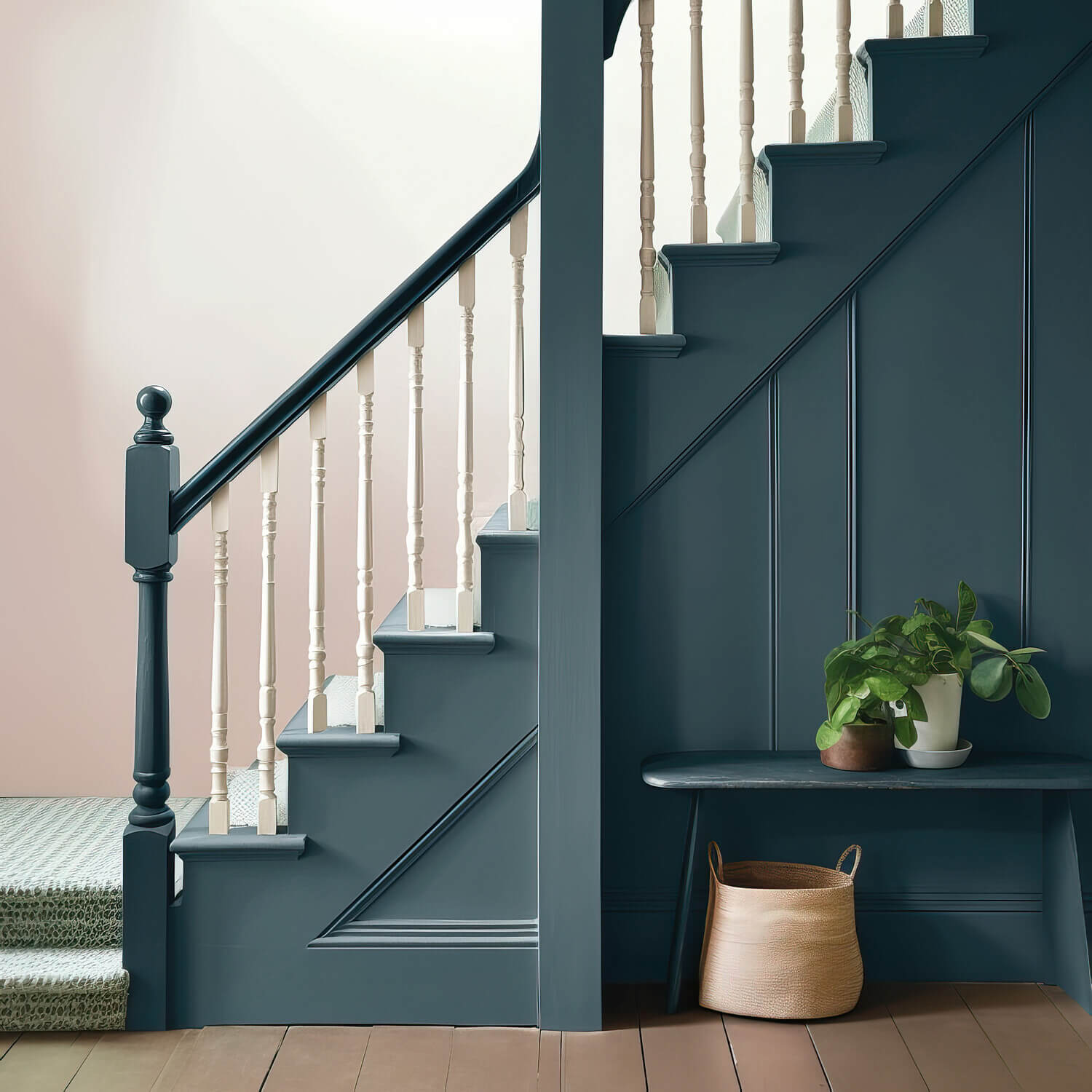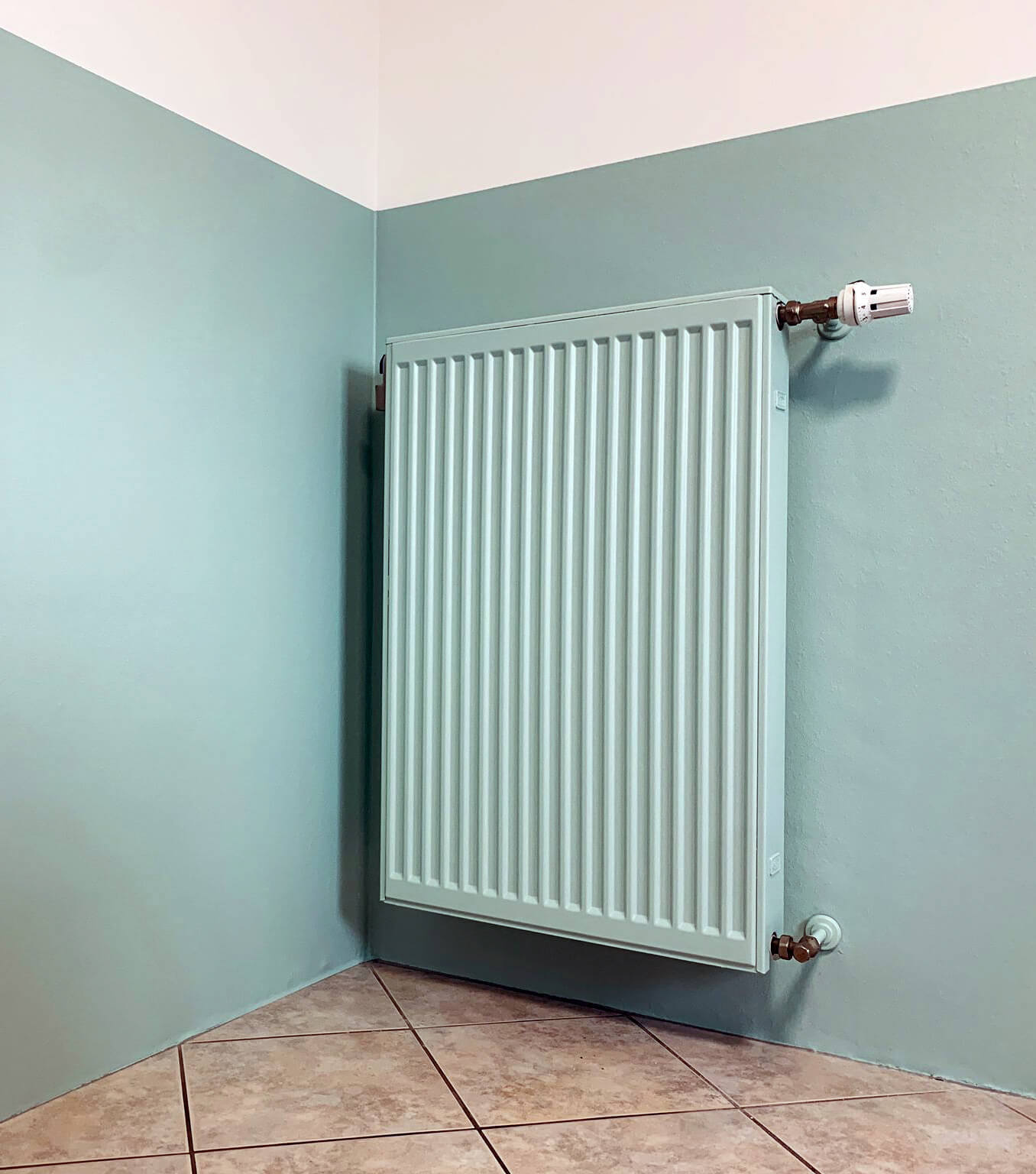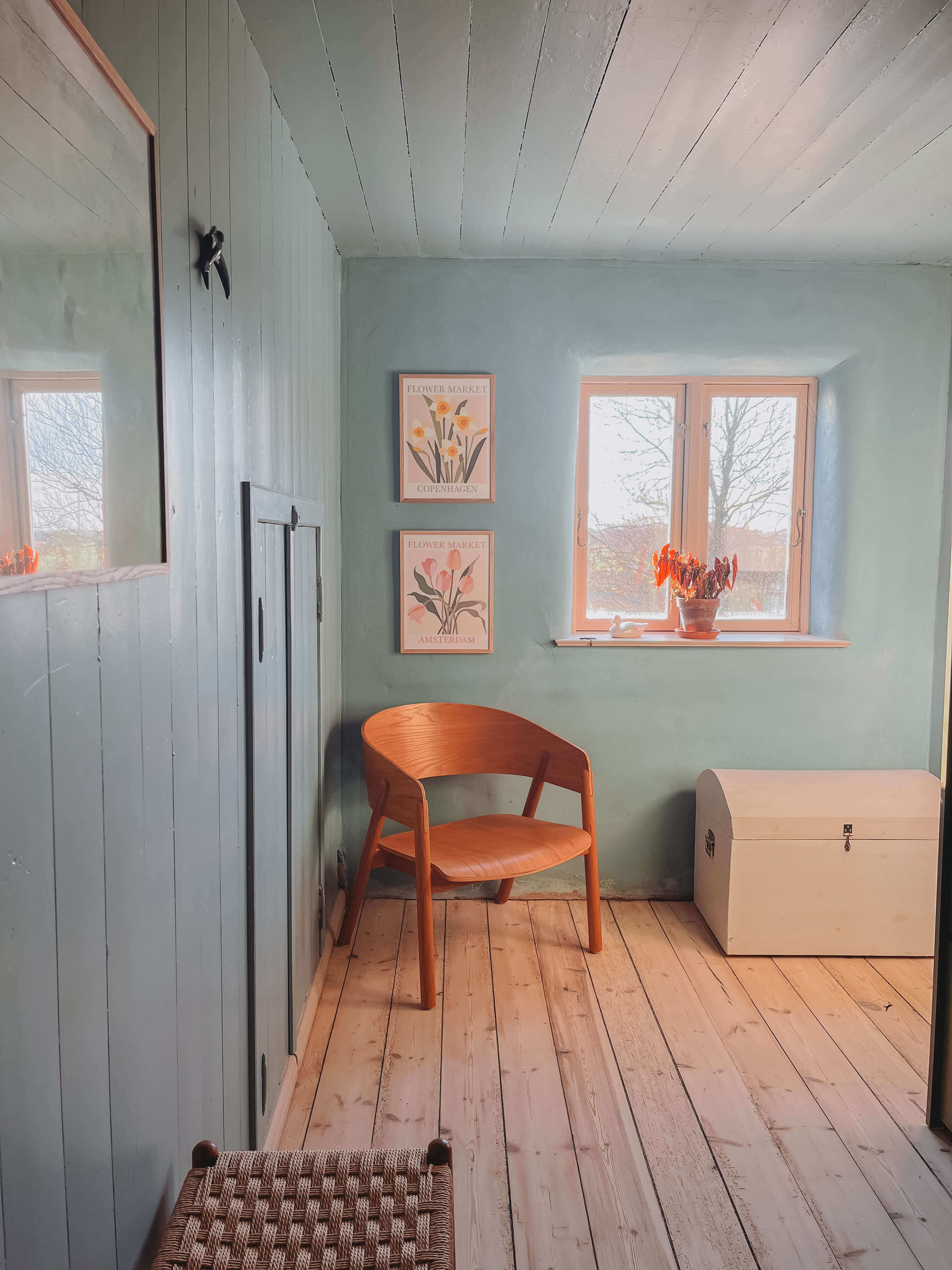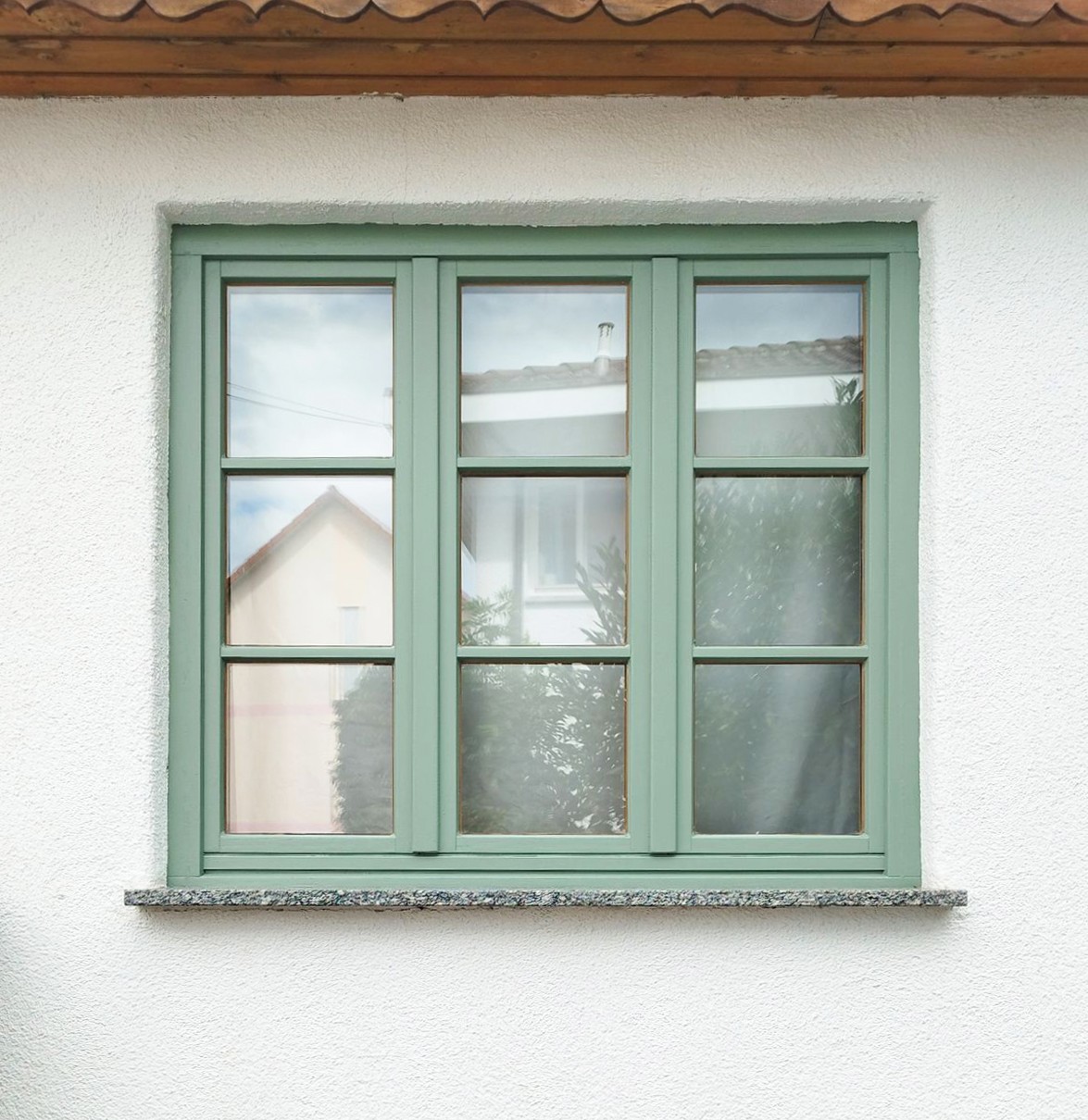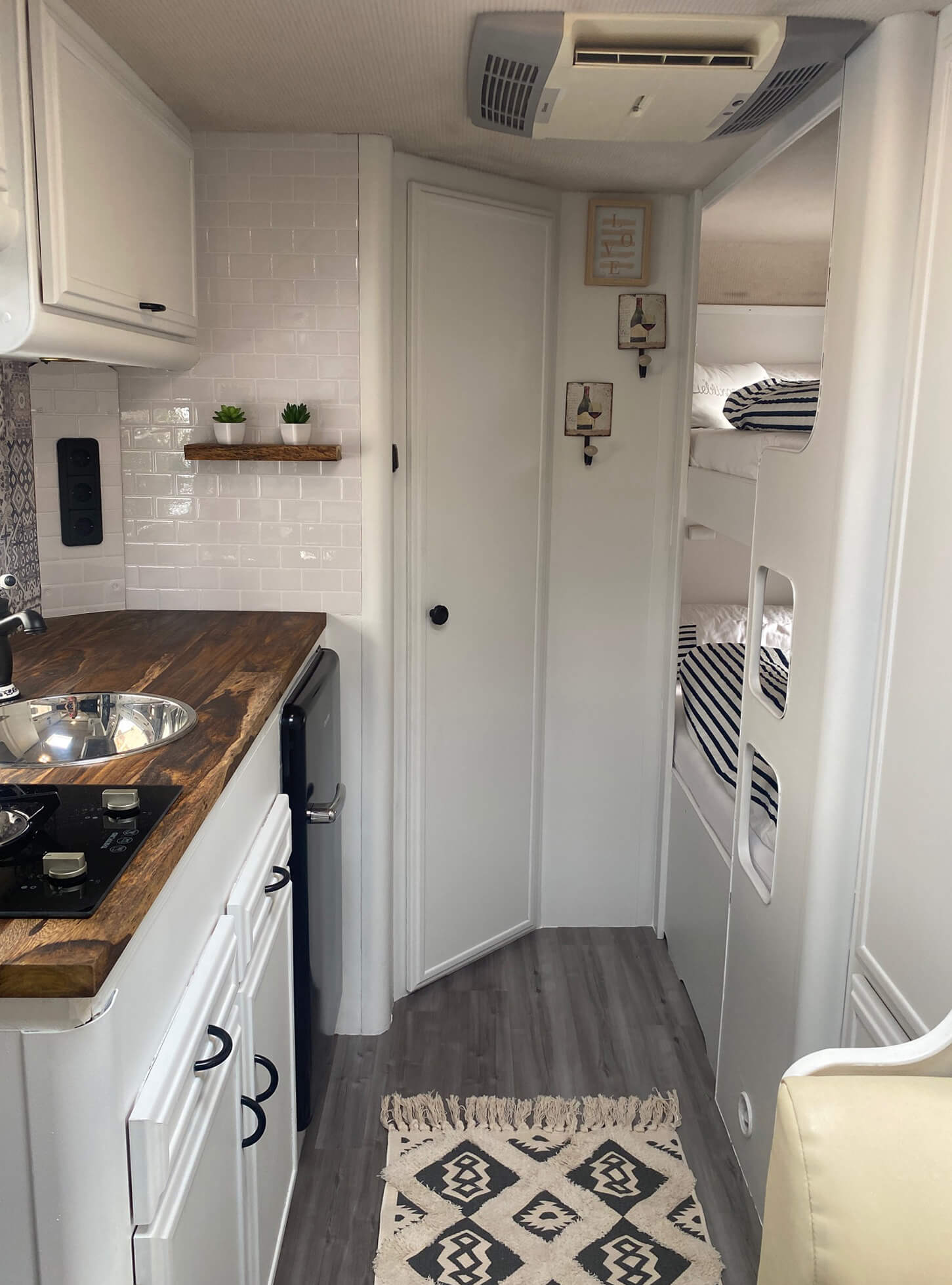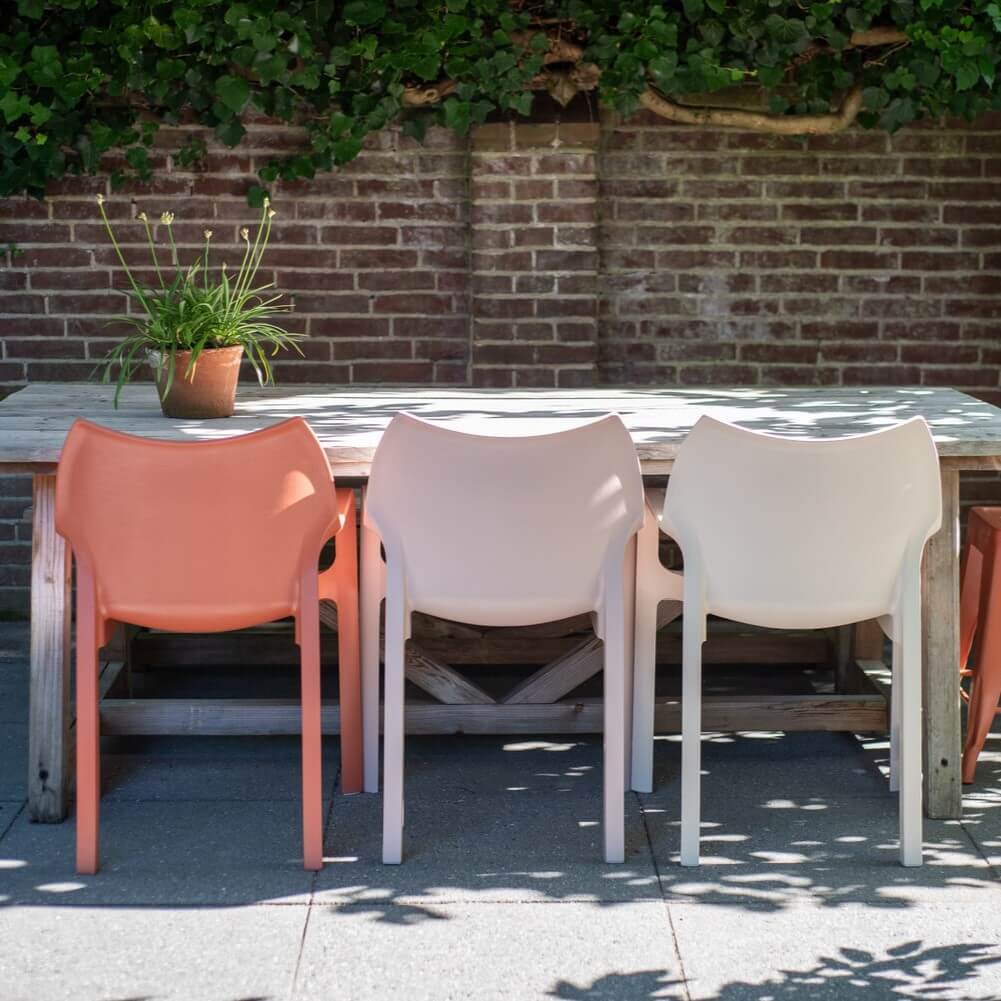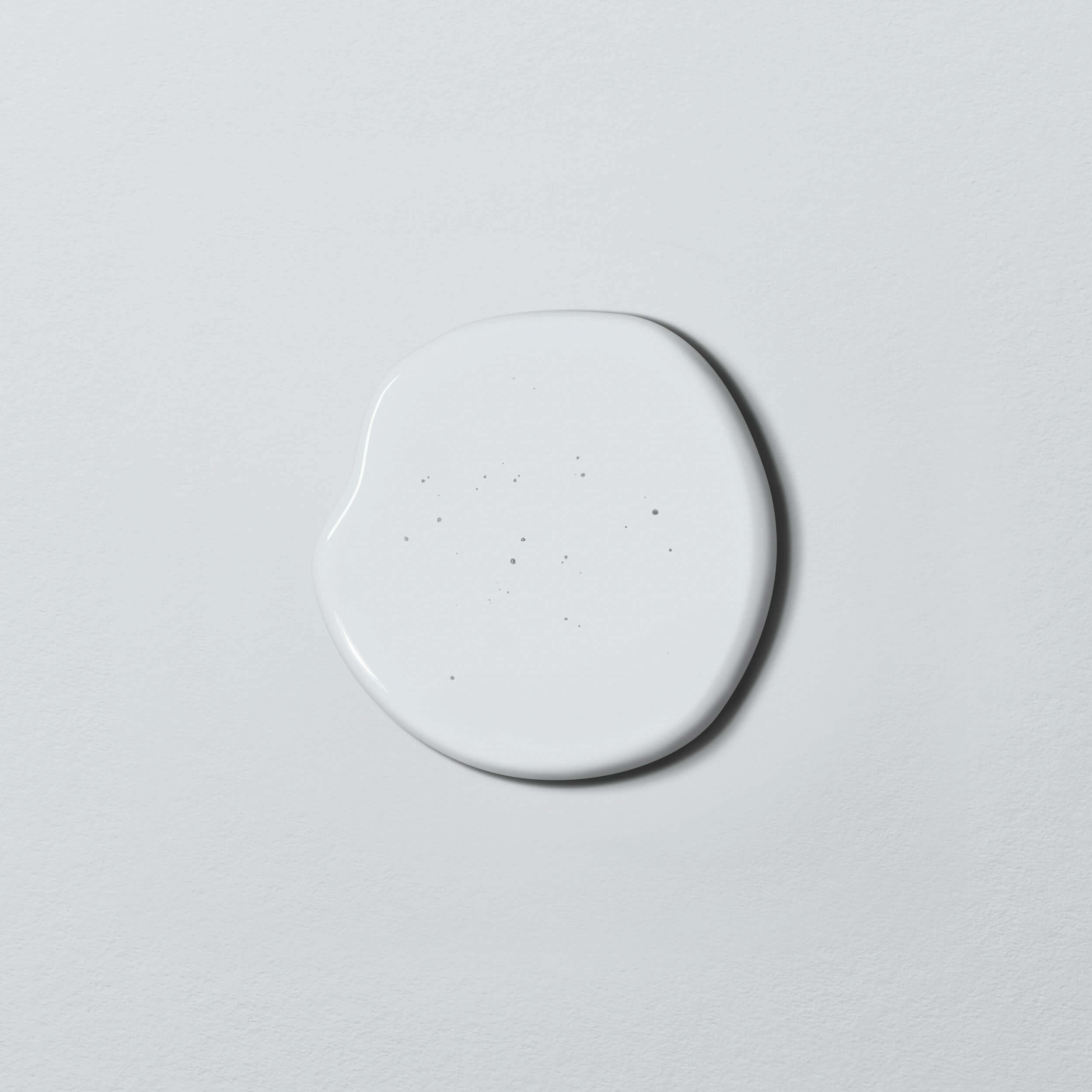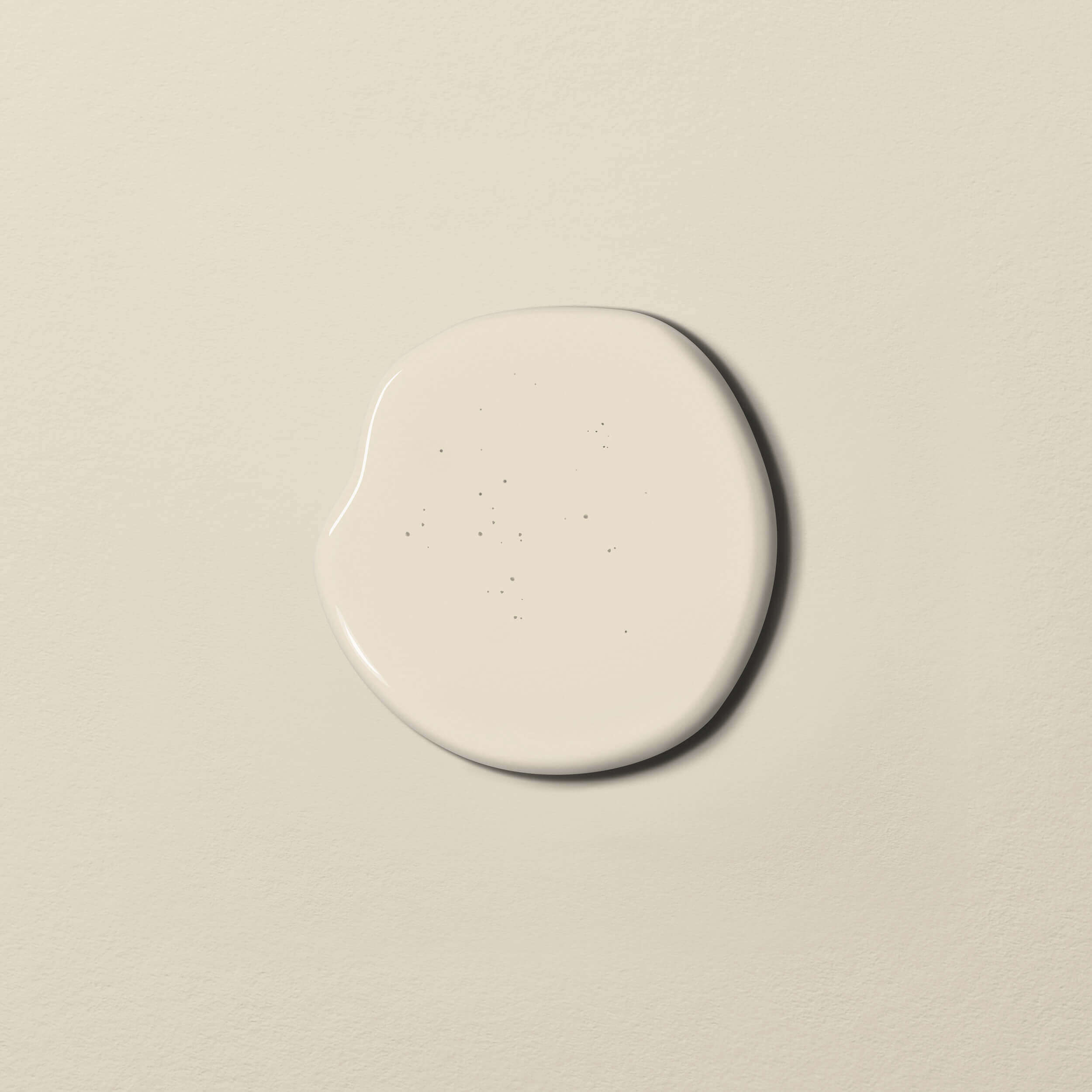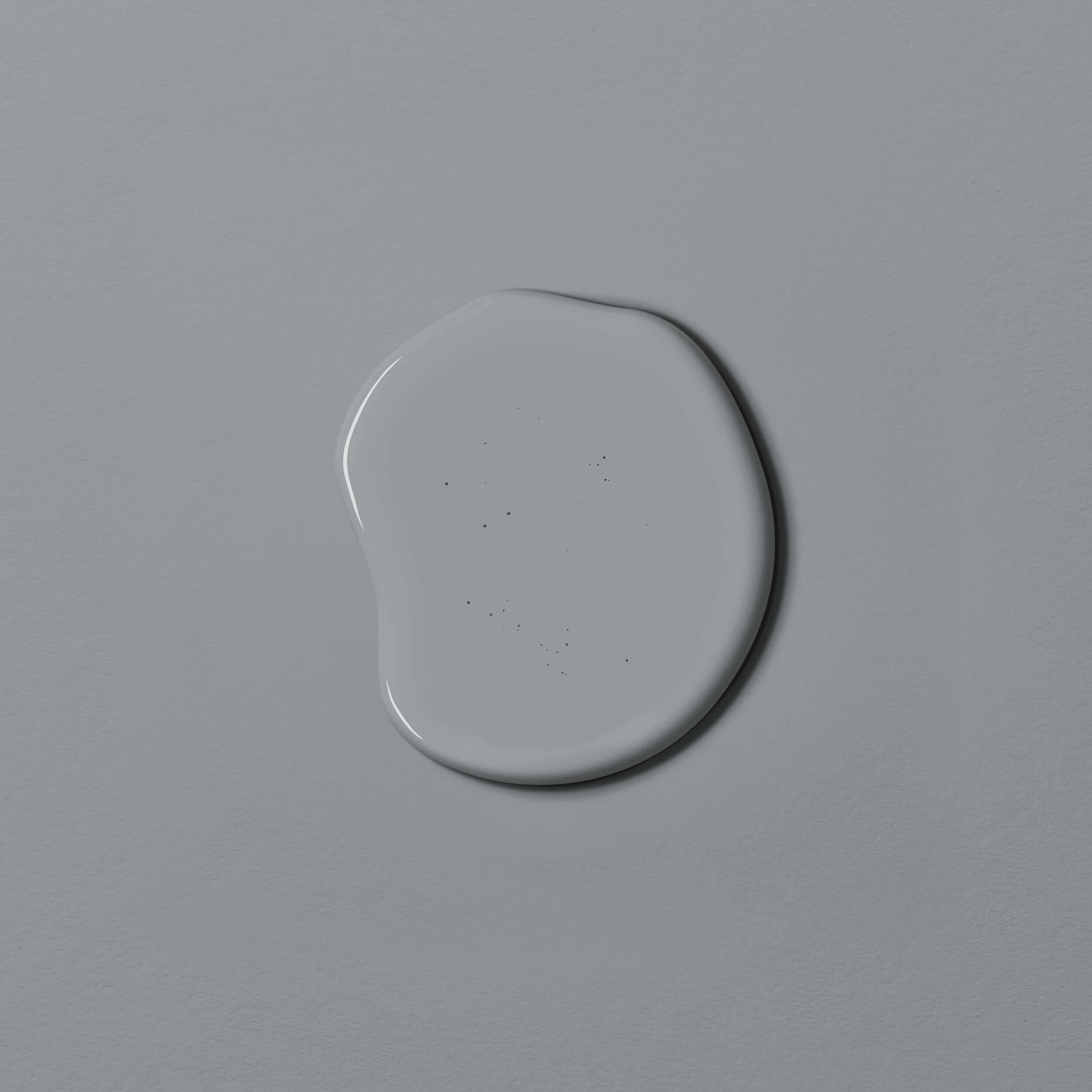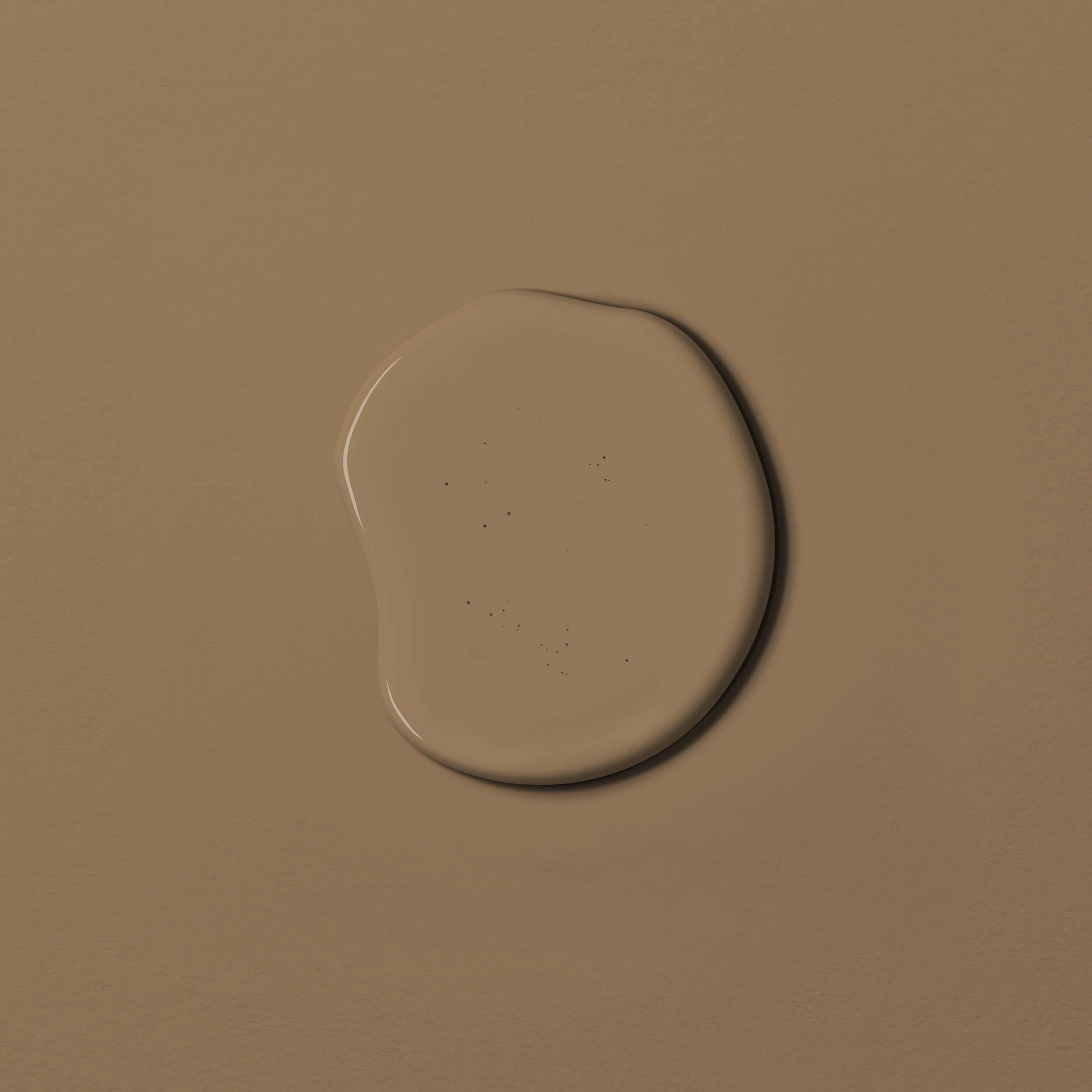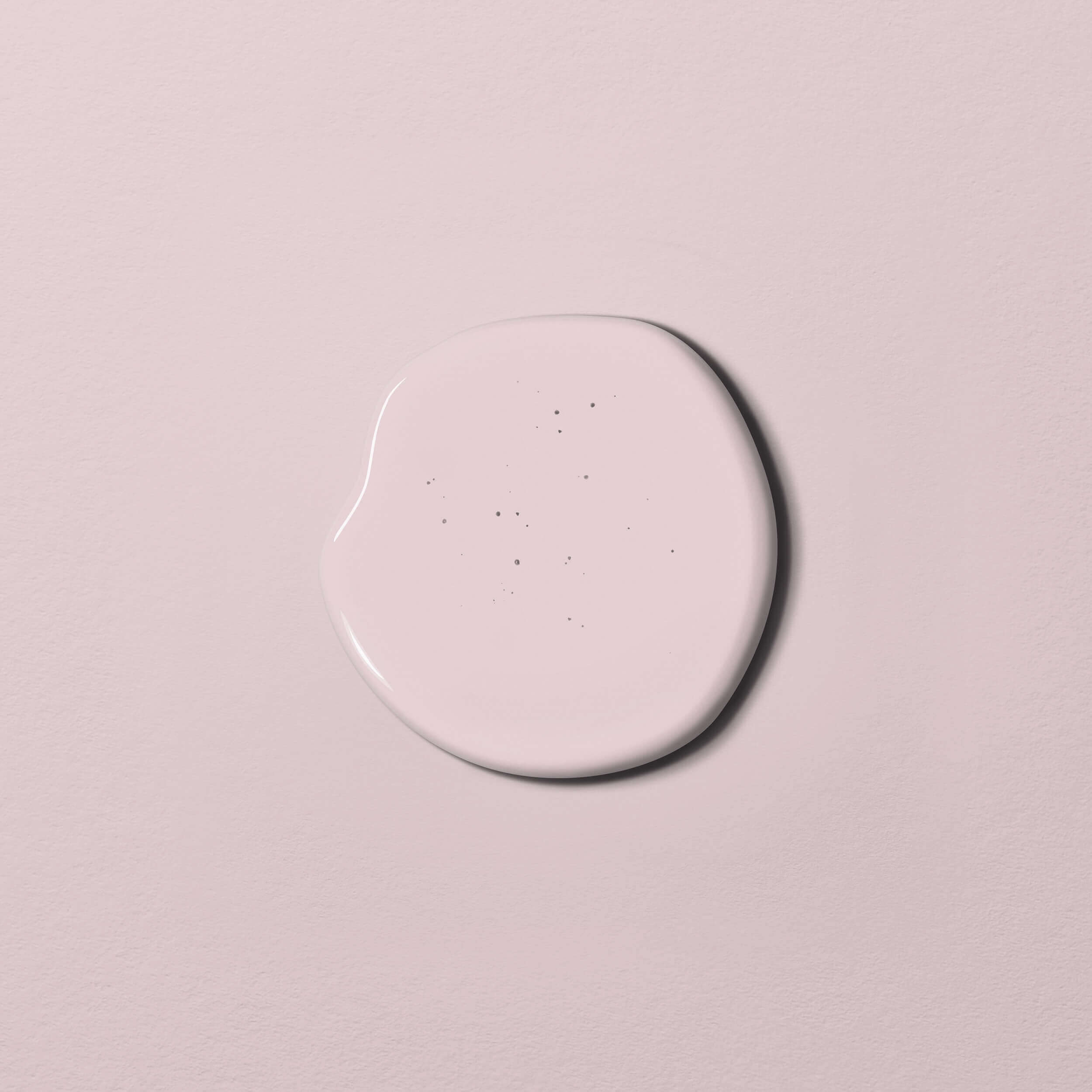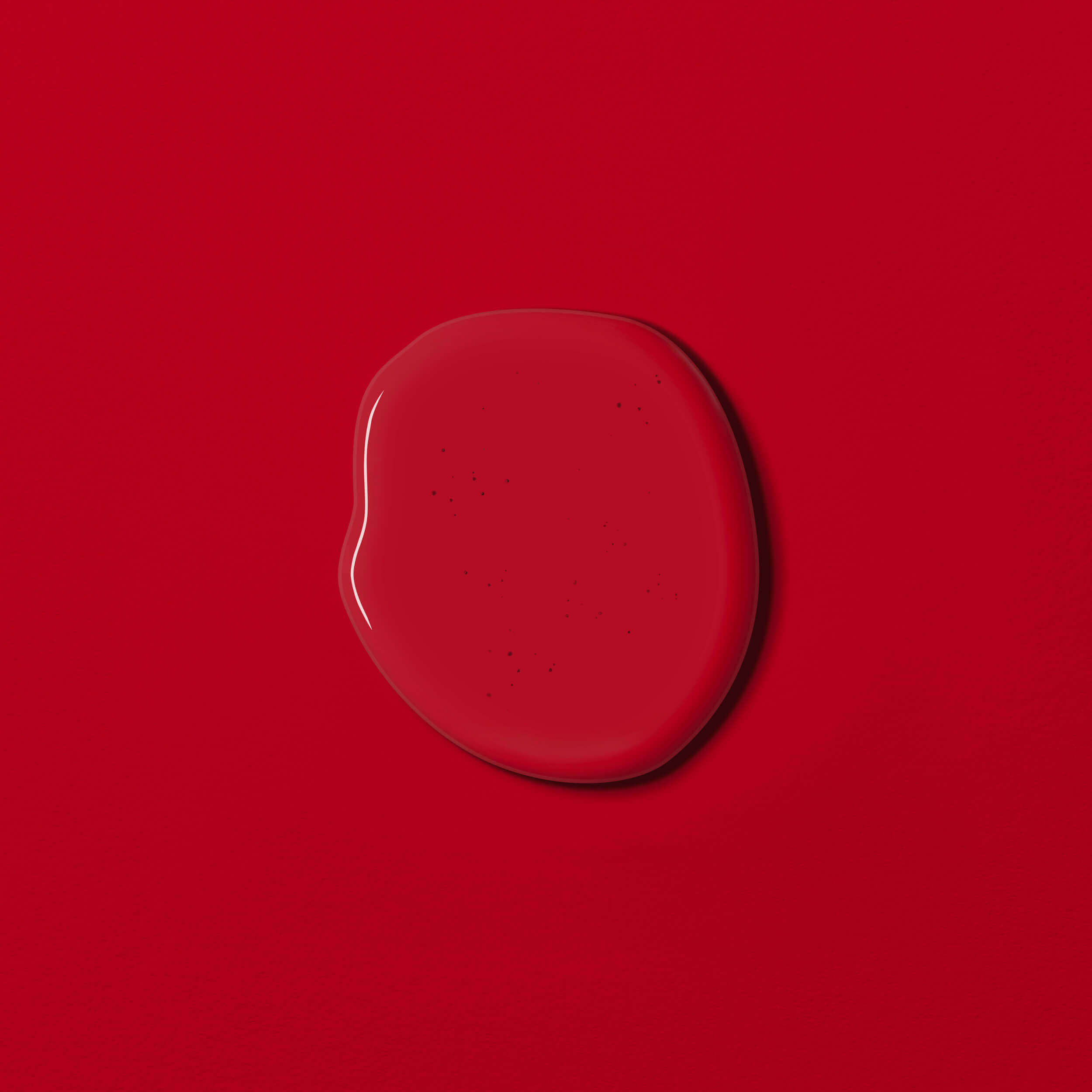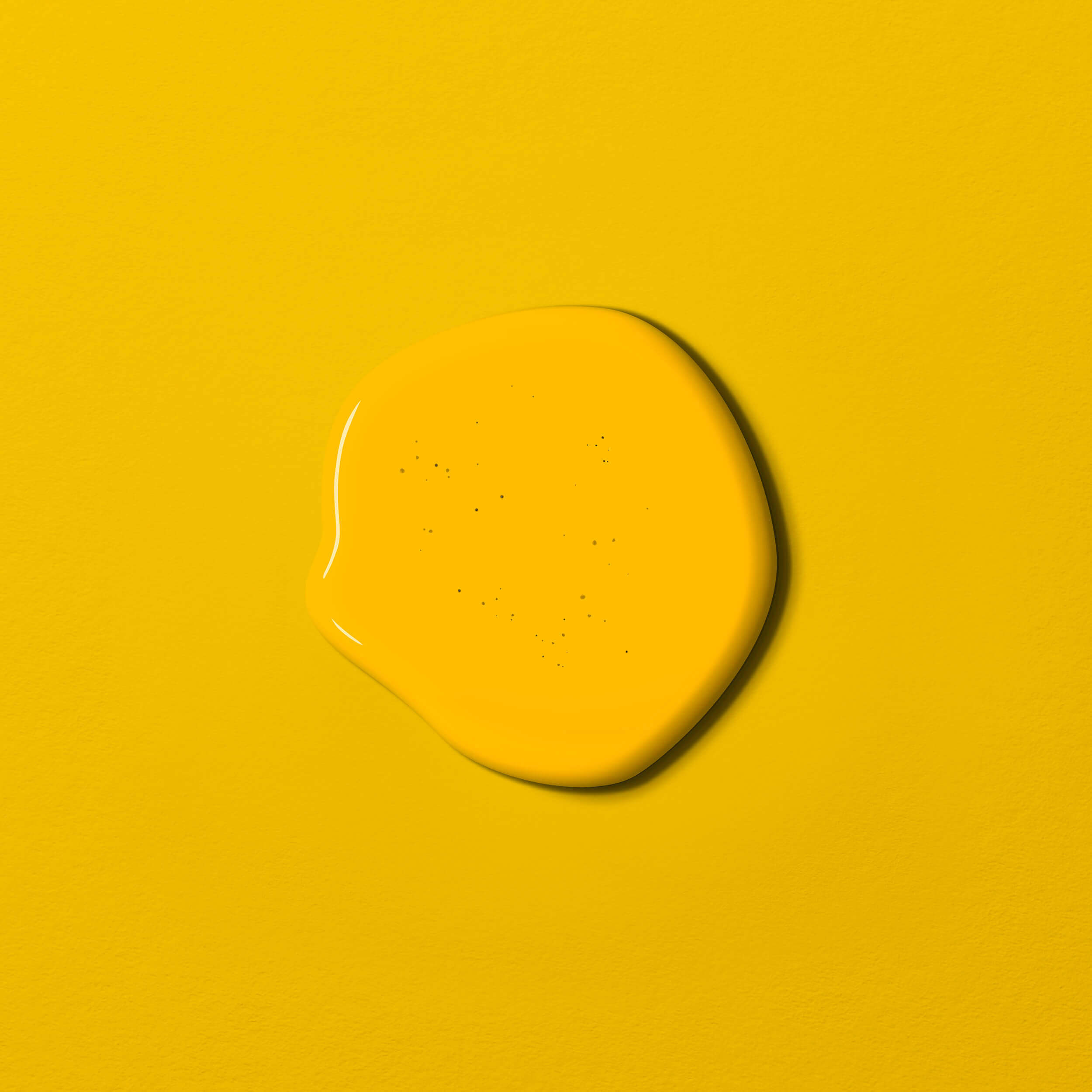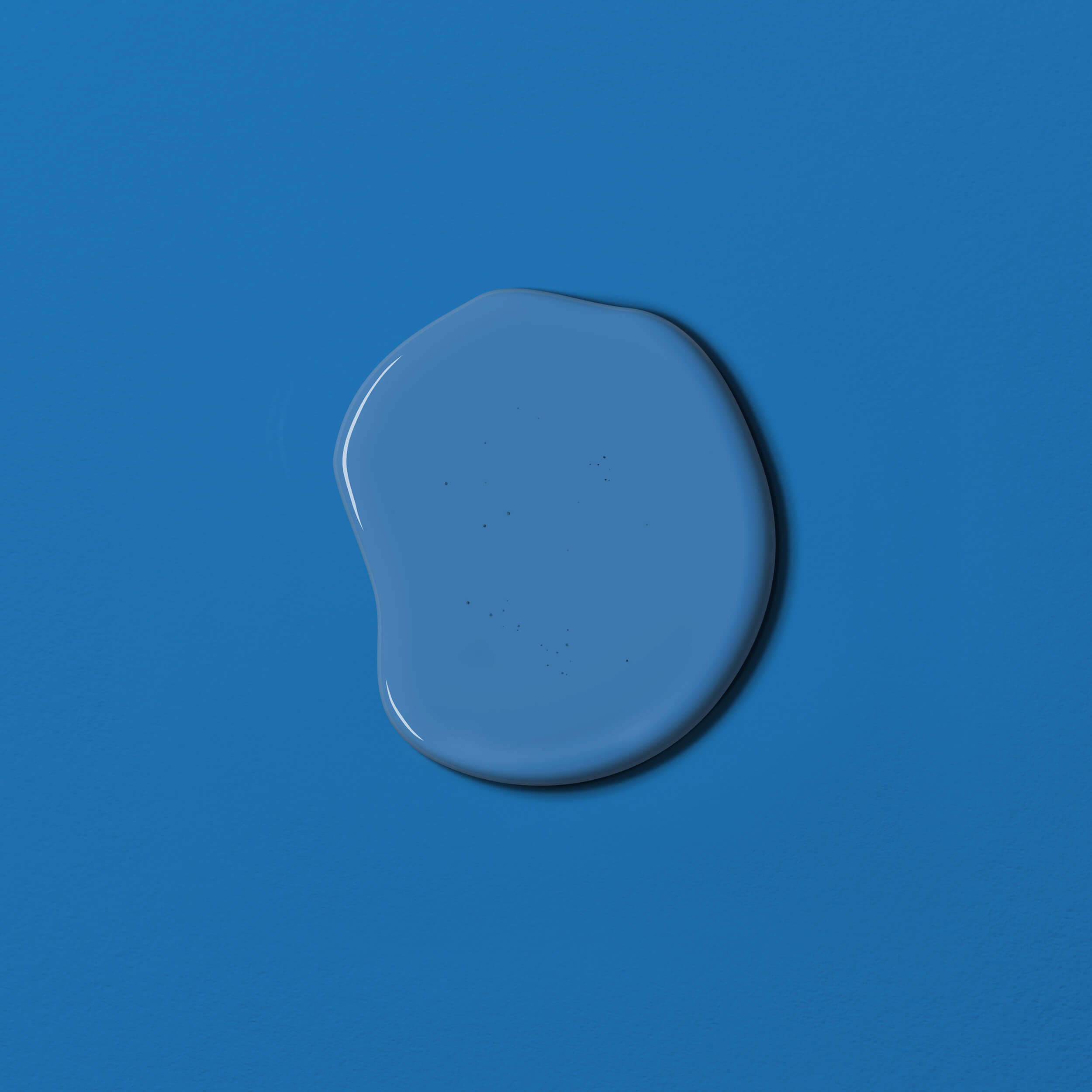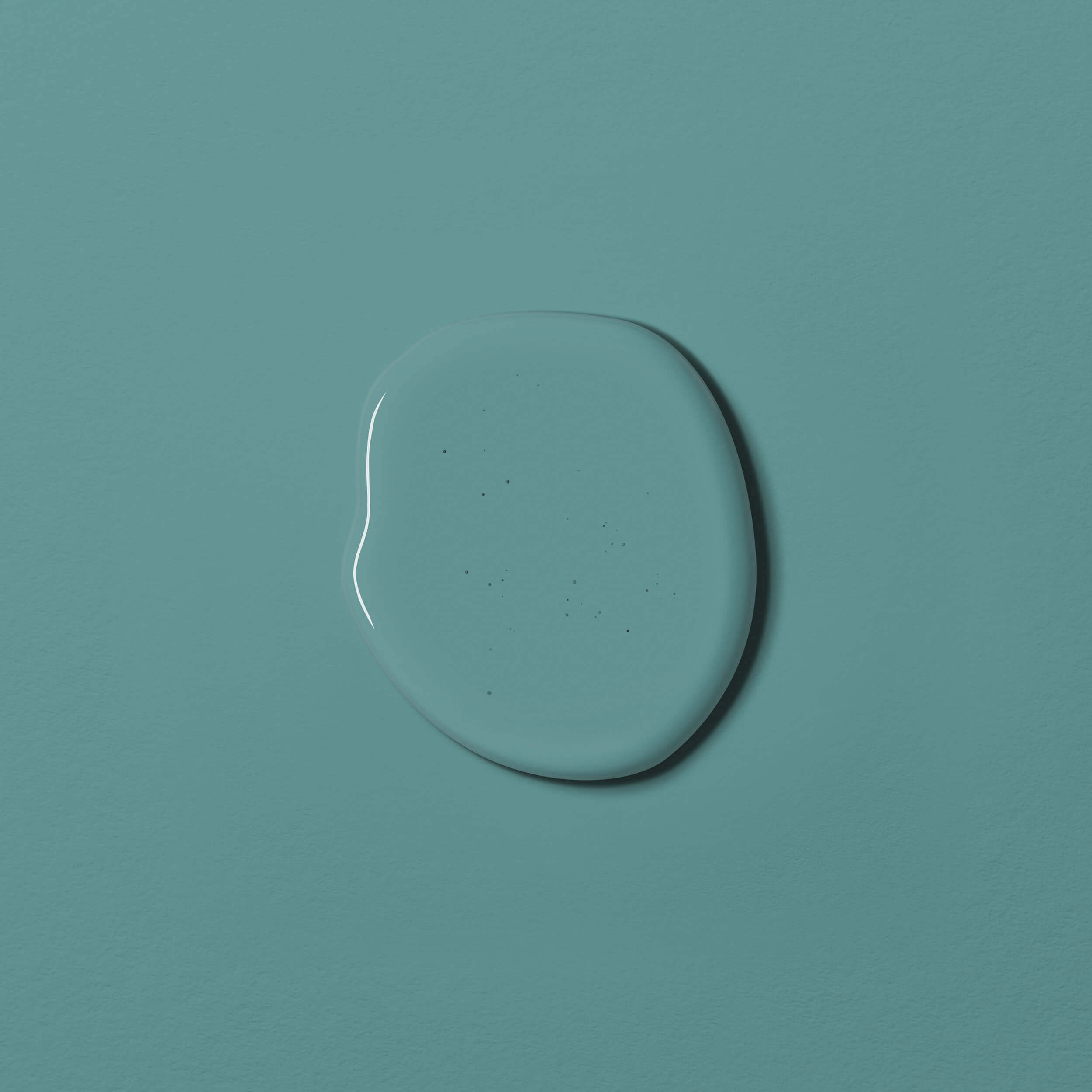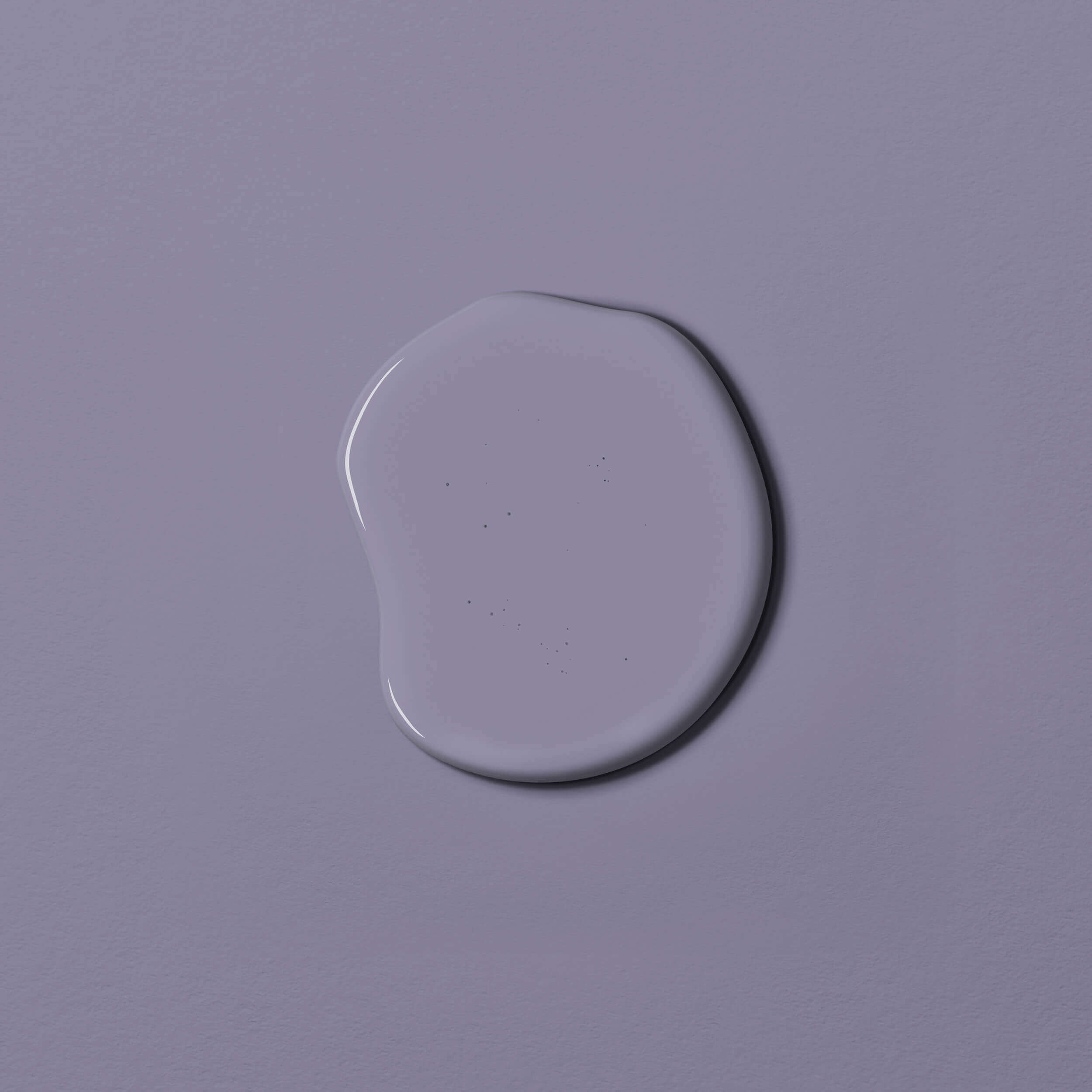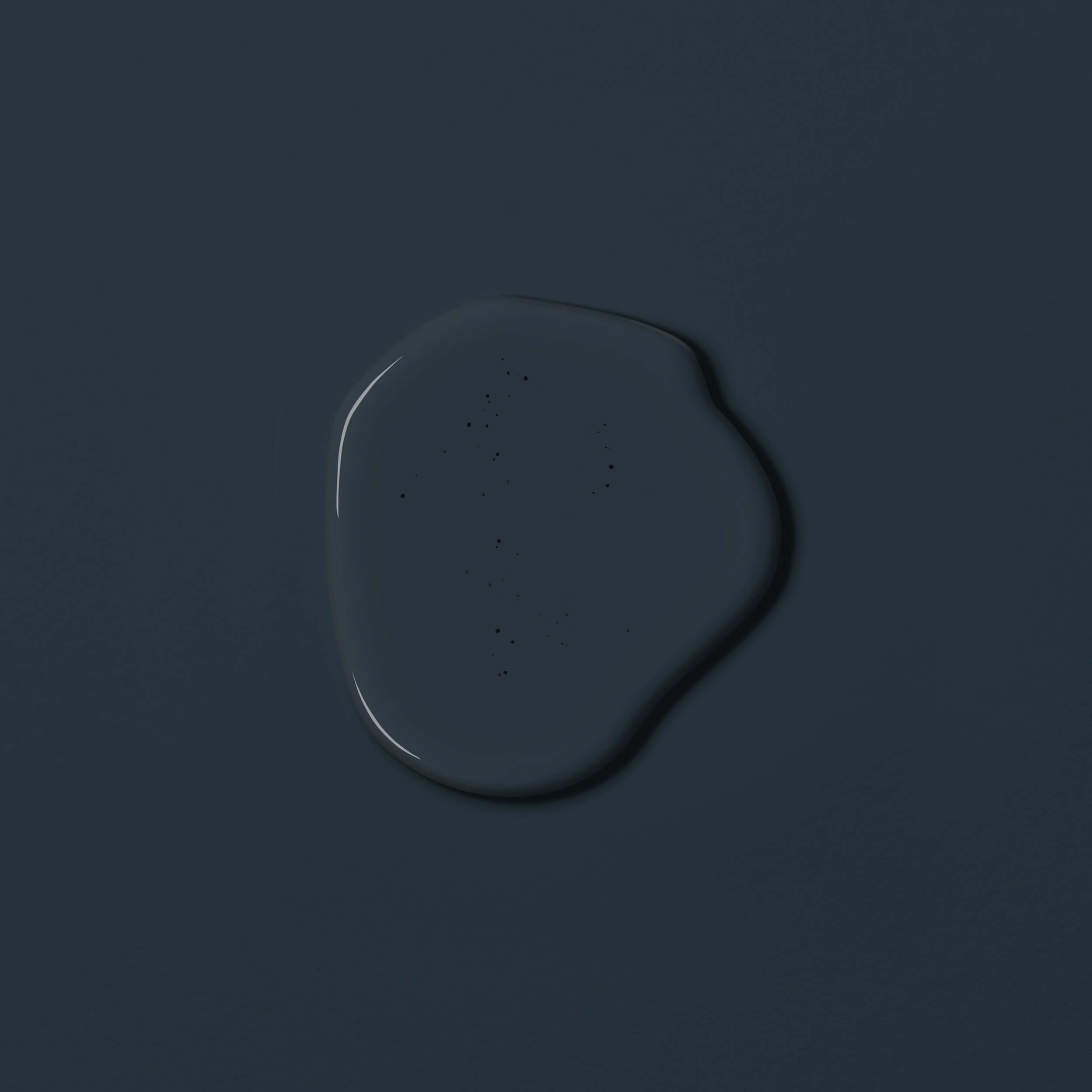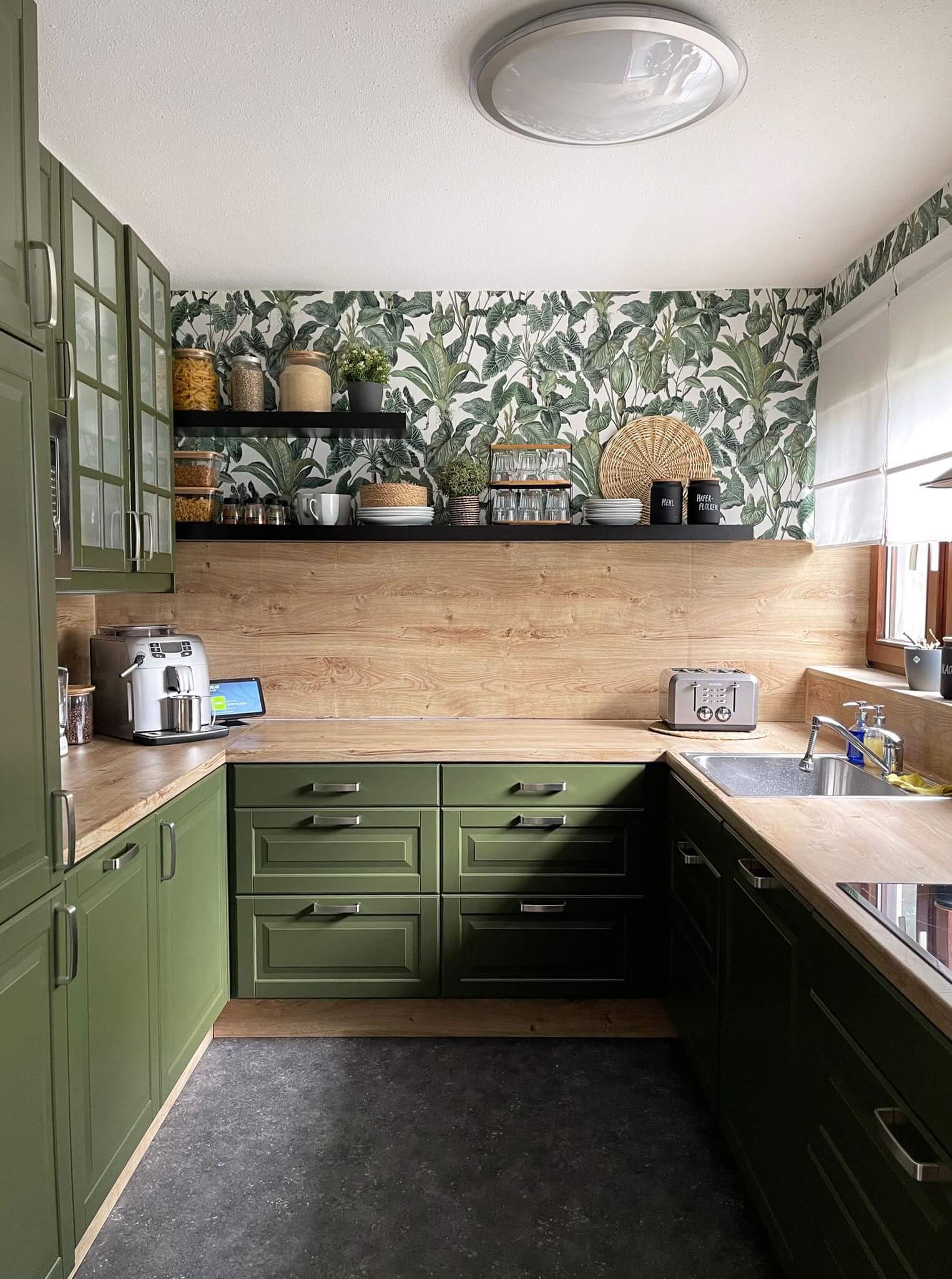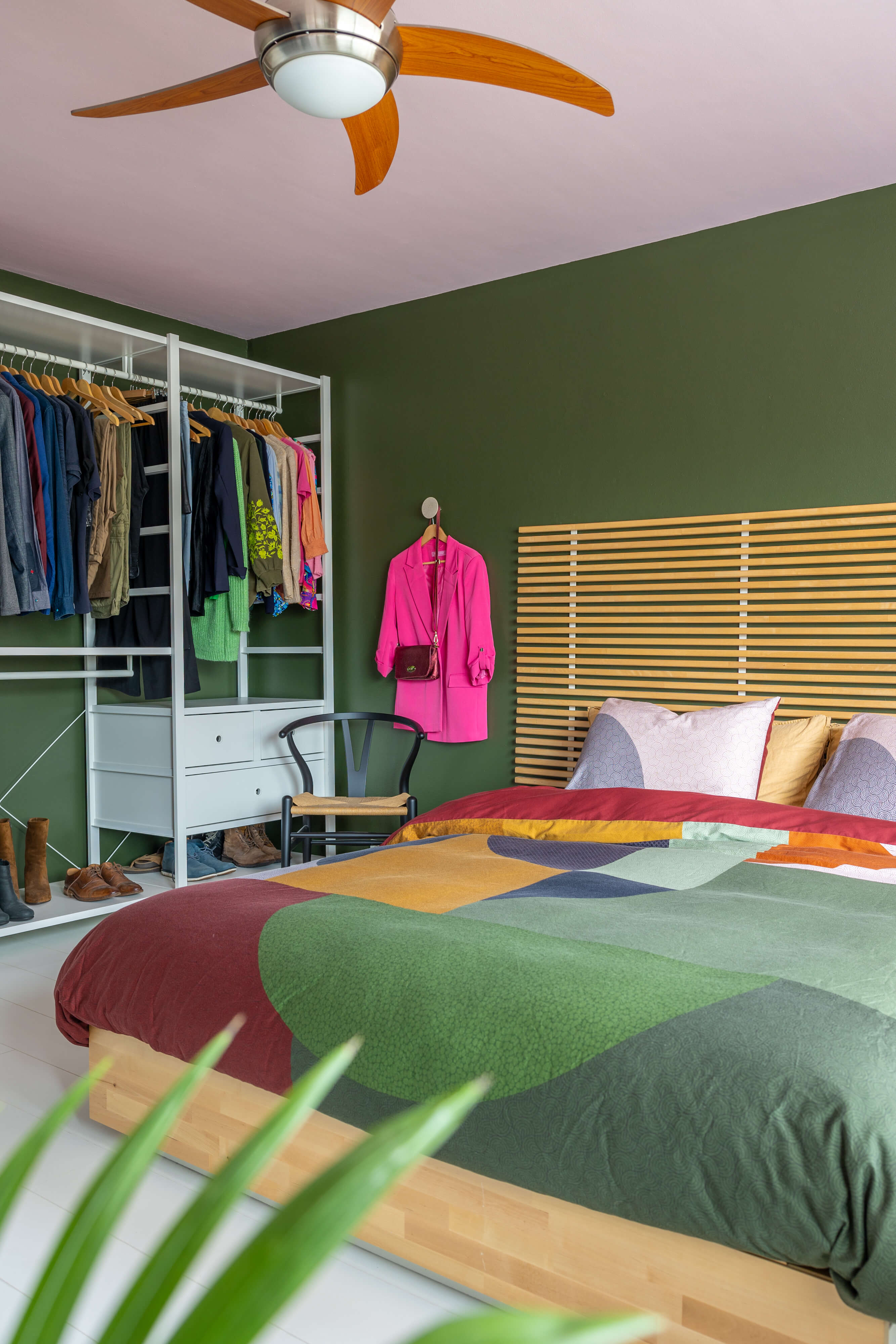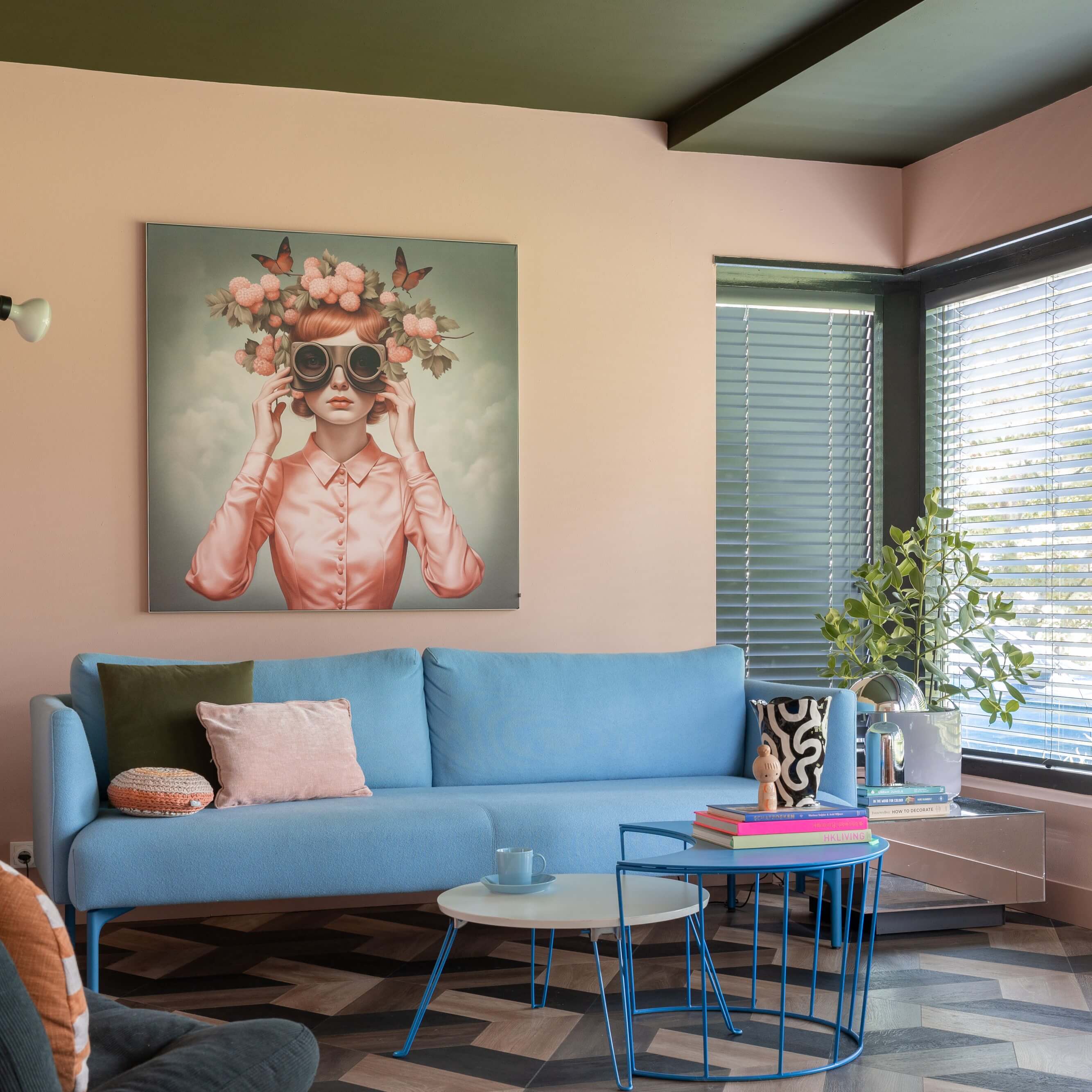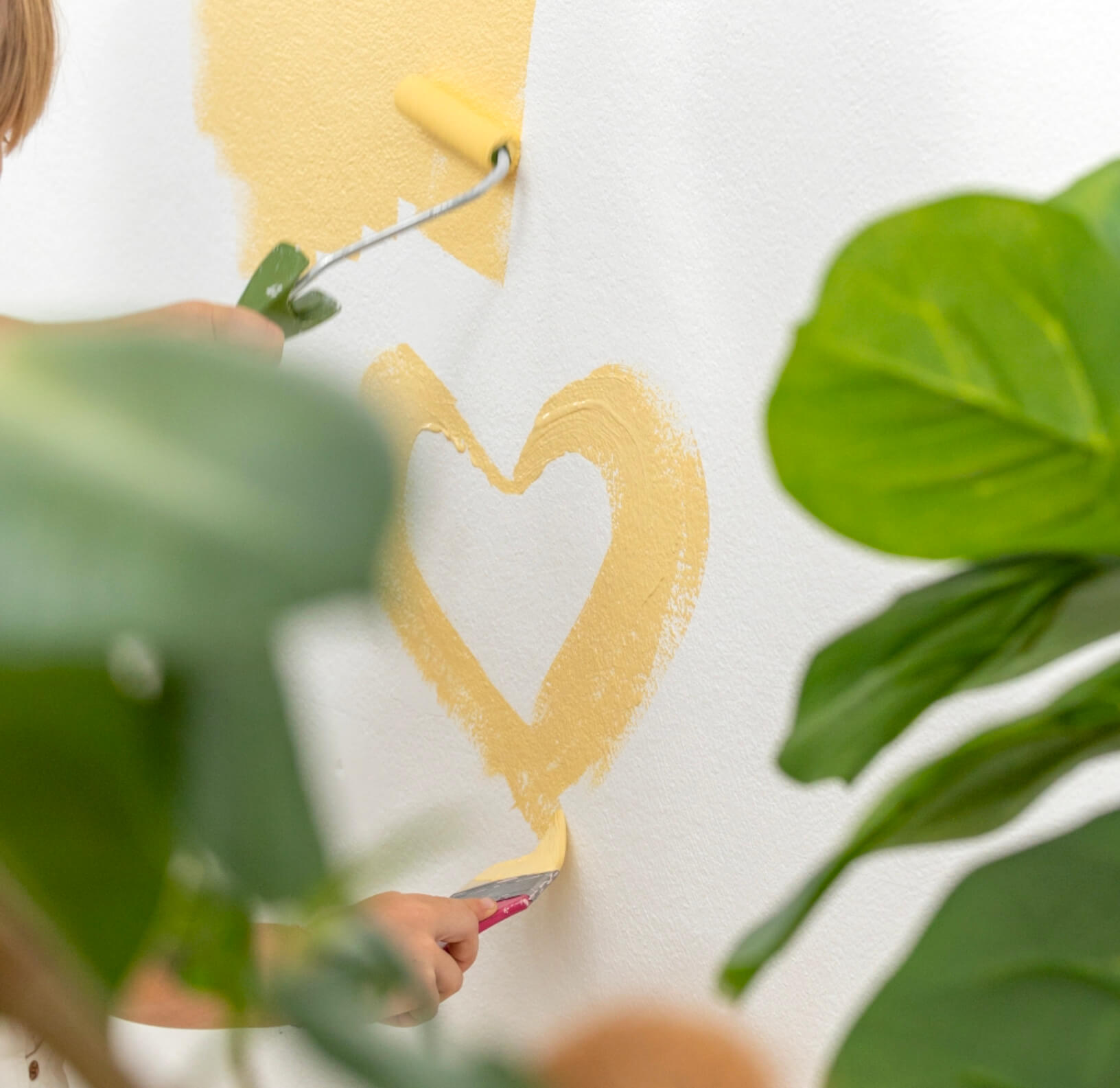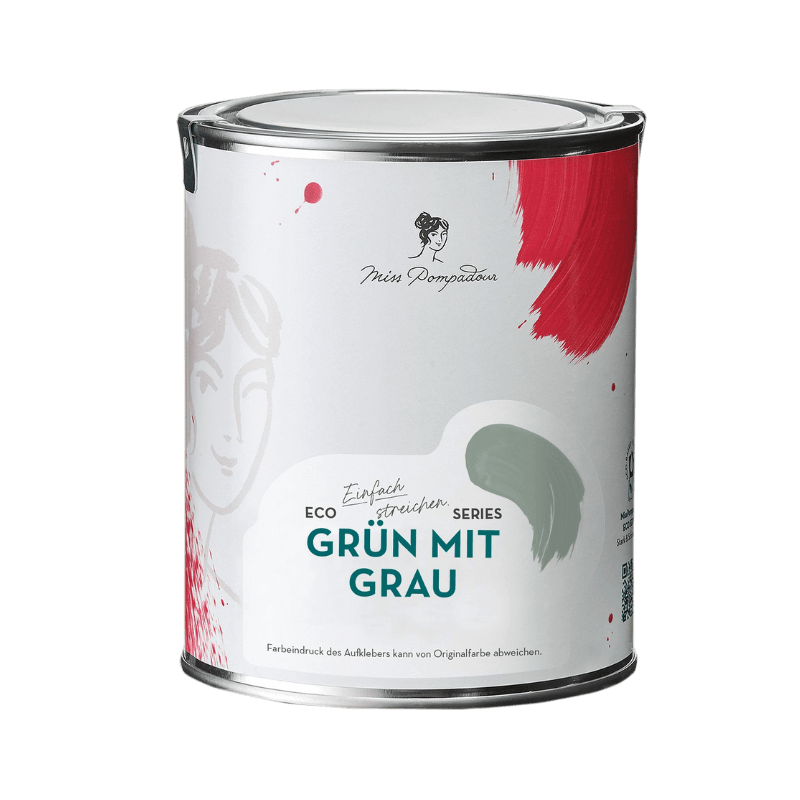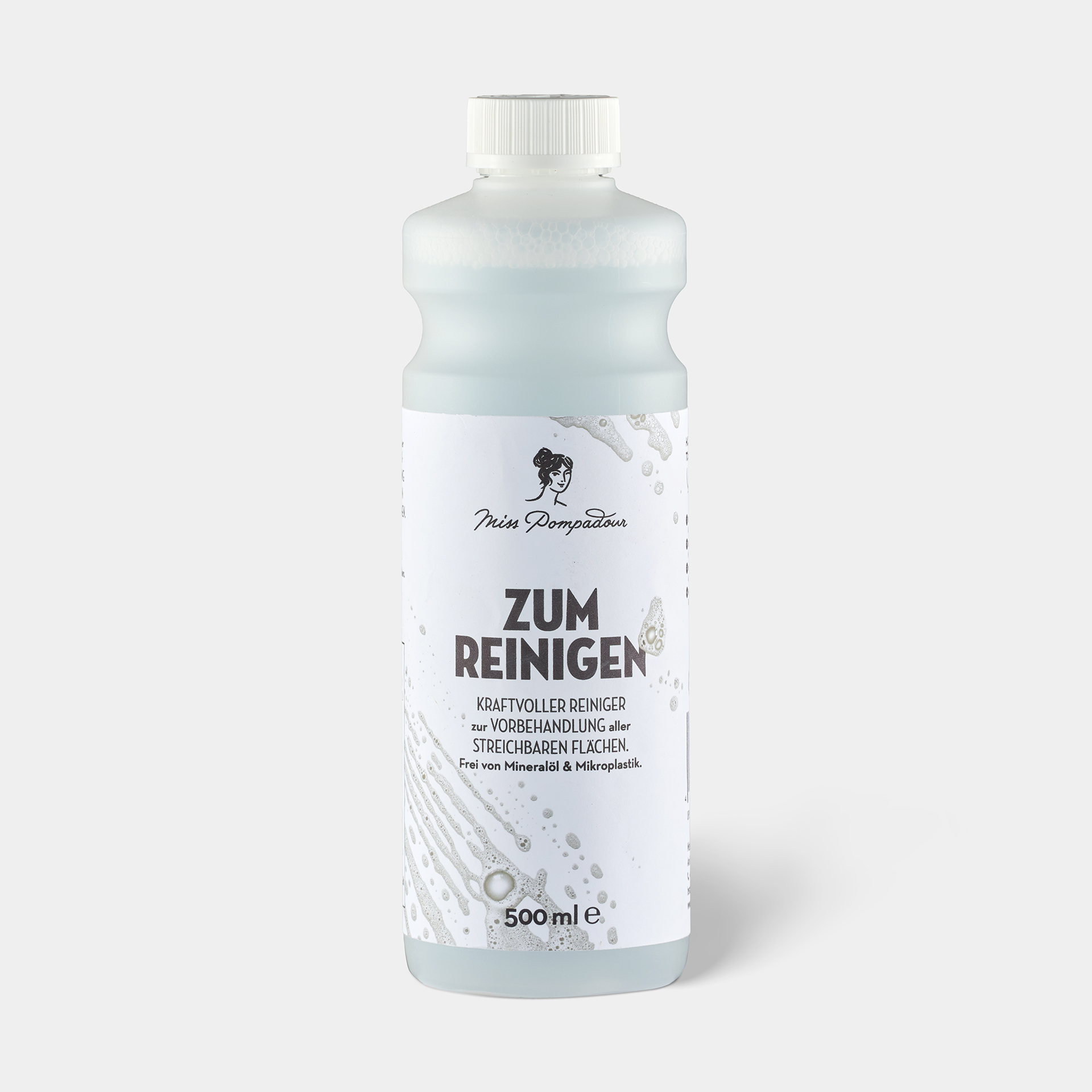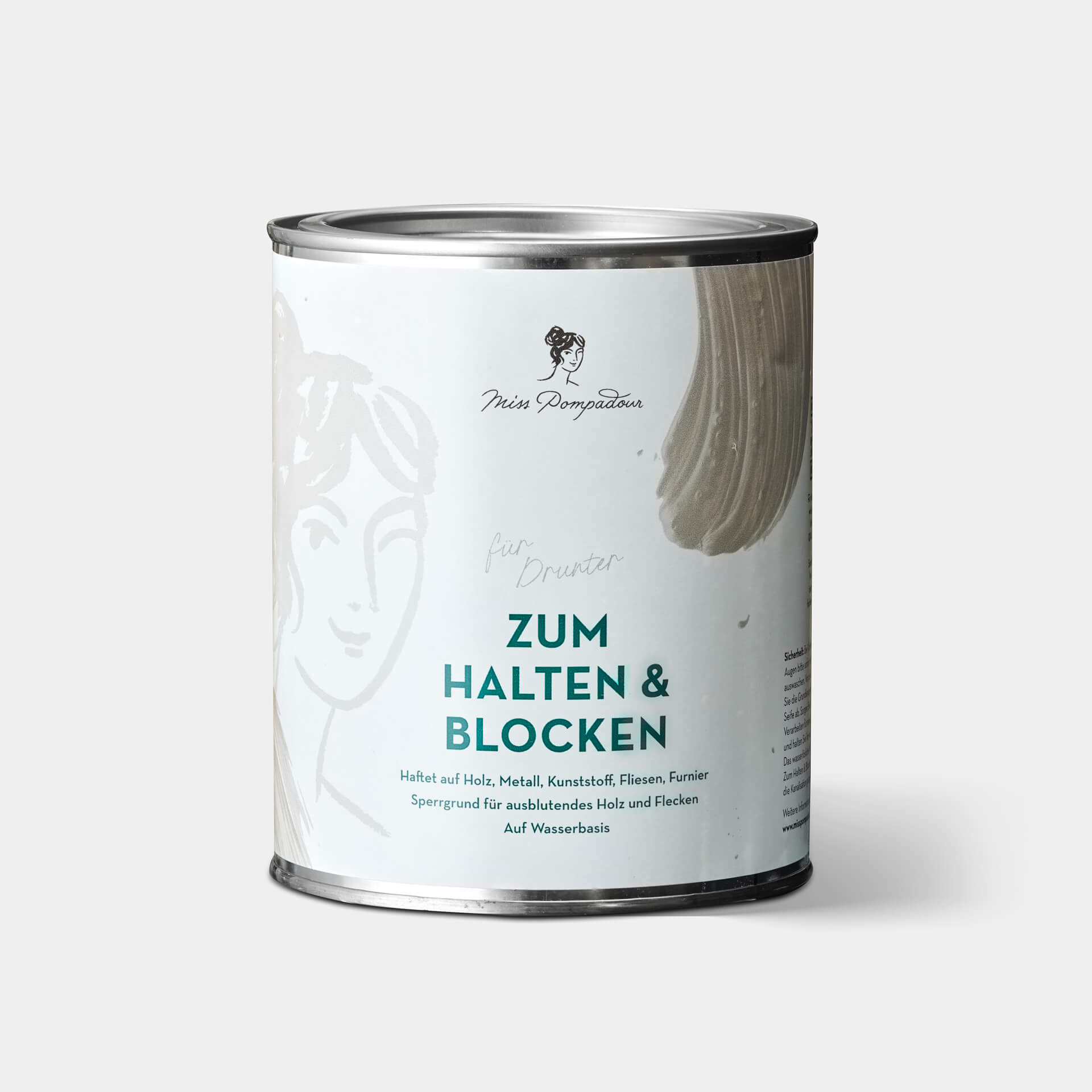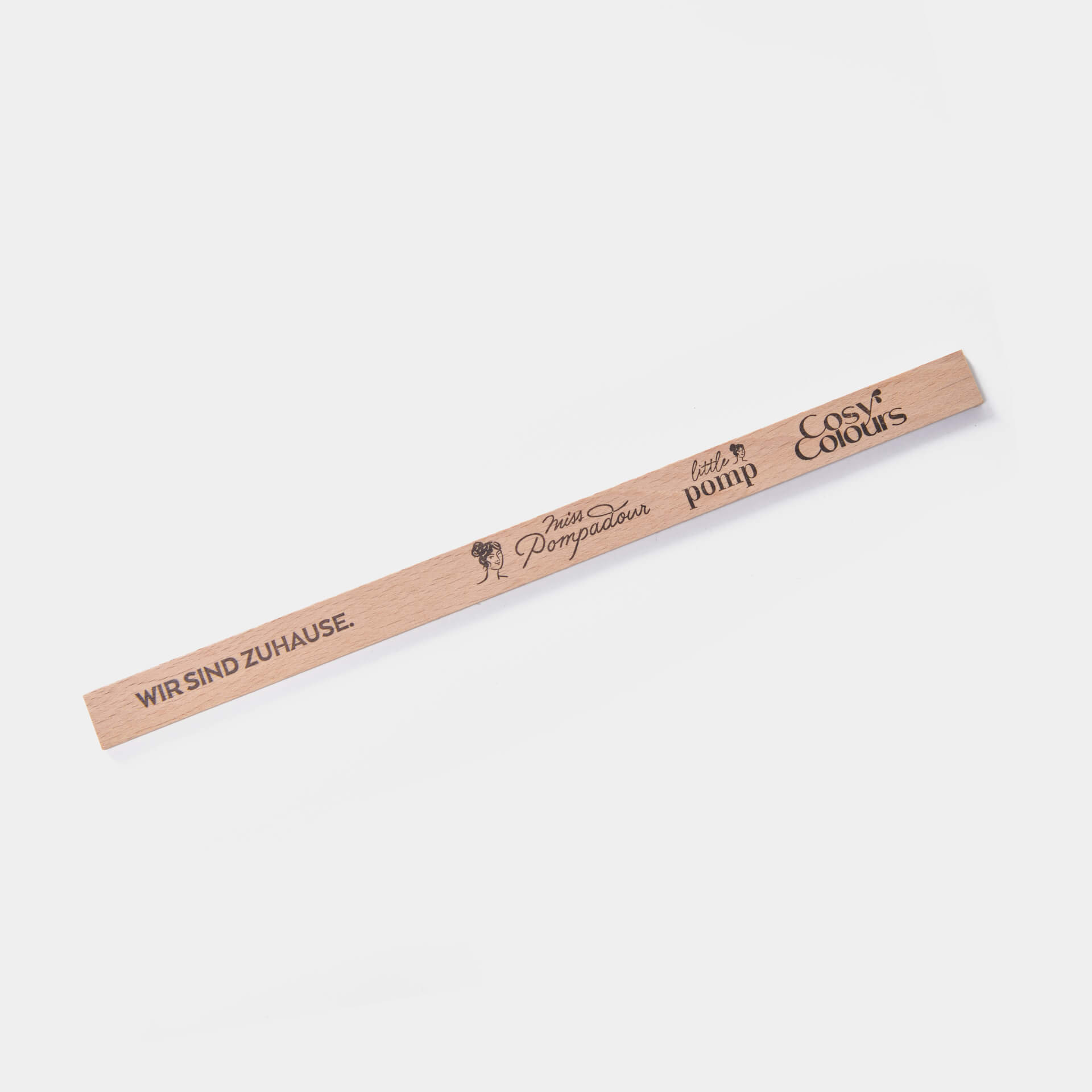- Silk matt varnish for indoors & outdoors
- Water-based, splash-free & easy to spread
- High opacity & durability
- Weather resistant
- Suitable for wood, tiles, metal, veneer, plastic, painted & unpainted surfaces
Application instructions
Hard-wearing varnish that is suitable for almost all interior and exterior surfaces. The substrate must be clean, grease-free and sound. With a primer, the varnish also adheres to smooth substrates without matt sanding.
What do you want to use the Eggshell Varnish for?
Your area of application
- Coated furniture surfaces
- varnished or already painted woods
- Clear lacquered woods
Drying time
The varnish is dust-dry after approx. 0.5 hours and can be painted over after approx. 4 hours. It is fully cured after 2 weeks
Note: A primer coat with To Bond & Block improves adhesion on smooth, grease-free substrates even without sanding. This can be painted over after approx. 8 hours.
- Sanded or untreated natural wood
- Raw construction timber
- Tropical wood
- Softwoods, hardwoods
Drying time
The varnish is dust-dry after approx. 0.5 hours and can be painted over after approx. 4 hours. It is fully cured after 2 weeks
Note: Some types of wood (softwoods, tropical woods, oak and others) can cause bleeding of wood ingredients in light-coloured varnish layers. First apply a thick layer of To Bond & Block as a primer. This can be painted over after approx. 8 hours. If the substrate is highly absorbent or the first coat of primer is discoloured, a second coat must be applied. In this case, the waiting time is again 8 hours.
- High-gloss surfaces
- Glass
- Coated metal
- Tiles and other stone-like surfaces
- Plastic (especially rigid PVC)
Drying time
The varnish is dust-dry after approx. 0.5 hours and can be painted over after approx. 5 hours. It is fully cured after 2 weeks
Note: A primer coat with To Bond & Block improves adhesion on smooth, grease-free substrates even without sanding. This can be painted over after approx. 8 hours.
Instructions
- Masking (optional) & cleaning: Remove dust, dirt and residue from the furniture. Mask off everything you don't want to paint. Preparation may vary depending on the project.
- Prime (if necessary): Depending on the surface & necessity for your project, first apply a rich, evenly covering coat of MissPompadour To Bond & Block. Pay attention to the appropriate drying time for your substrate.
- Open the can carefully: Remove the clips with our paint can opener or use a spatula or screwdriver. It is best to bend the clips away from the bottom upwards - this reduces tension. Hold your hand over the clips when removing them to prevent them from popping off.
- Stir: Stir the varnish thoroughly.
- Pour out: Pour some varnish into the paint tray. Please do not work directly from the can to keep the can contents clean.
- Wet the roller or brush: Wet the roller all over with varnish and lightly roll it out in the tray. Immerse the brush up to about half of the bristles. The roller should be completely saturated and no longer show any dry patches.
- apply varnish & allow to dry thoroughly: Apply the varnish generously, quickly and evenly. Avoid rolling over areas that are already dry. The varnish will smooth itself out if it is allowed to dry undisturbed. For corners, joints or mouldings, use a brush and roll directly with the roller. Depending on the colour shade or substrate, you may need several coats. Observe the recommended drying time.
Technical information
- Application with synthetic or natural hair brush, paint roller, paint sprayer
- Ready to use, dilute with 5% water if necessary
- Clean tools with soap and water
- from 7°C to 25°C ambient and substrate temperature
- approx. 10m2/l, depending on the absorbency of the substrate
FAQ
Do I need to prime before painting?
Whether a primer is necessary depends on your project and the surface you want to paint. You can find detailed information on the individual projects in our project overview or in our step-by-step instructions for various projects.
How long does the varnish have to dry before I can paint the second coat?
Leave the varnish to dry for approx. 4 hours or preferably overnight. We generally recommend two coats - this will make the colour layer more even, robust and durable.
Can I also use the Eggshell Varnish in the bathroom or kitchen?
Yes, our varnishes are water-based, low-odour and therefore ideal for interiors such as bathrooms and kitchens. If you are painting heavily used surfaces such as floor tiles or wall tiles in the shower, you should also use To Seal so that everything is permanently protected. Please note that the colours are not suitable for use in areas with standing water.
Is the Eggshell Varnish heat-resistant?
Yes, with Eggshell Varnish you can easily paint radiators, pipes or even tiled stoves (outside). The varnish can withstand heat up to 80°C and provides a smooth, shimmering surface. Important: The surface must be clean, dry and free of grease.
How do I deal with silicone joints?
Silicone joints should be primed with To Seal Silicone before varnishing. This is the only way the varnish can adhere to it. This is particularly important in the bathroom and kitchen, where silicone is frequently used.
Do I have to sand beforehand?
In most cases, you can achieve a perfect result with our Eggshell Varnish alone - without any sanding, priming or sealing. If the existing paint is still stable and does not come off, you can paint directly over it. To do this, clean the surface thoroughly with To Clean.
Sanding or priming is advisable in certain cases: Stained, highly absorbent or resinous wood should be pretreated with To Bond & Block. As a stainblock, the primer protects against staining and creates an even surface. For very smooth surfaces such as tiles, glass, plastic or foiled surfaces, To Bond & Block also ensures better adhesion of the varnish - sanding is not necessary here.
Metal should be primed if it is unpainted or already damaged. Rusty metal must be sanded and a rust protection primer applied before you start priming and varnishing.
Can I use the varnish outdoors?
Yes, Eggshell Varnish is weather-resistant and suitable for many outdoor projects - from garden furniture to pergolas and fences. It is only not suitable for surfaces with standing water such as patio tiles.
Can I paint over the painted surface later?
Yes, that's not a problem. You can always paint over with another colour shade or even To Seal - without having to sand down the old paint as long as it is stable.

